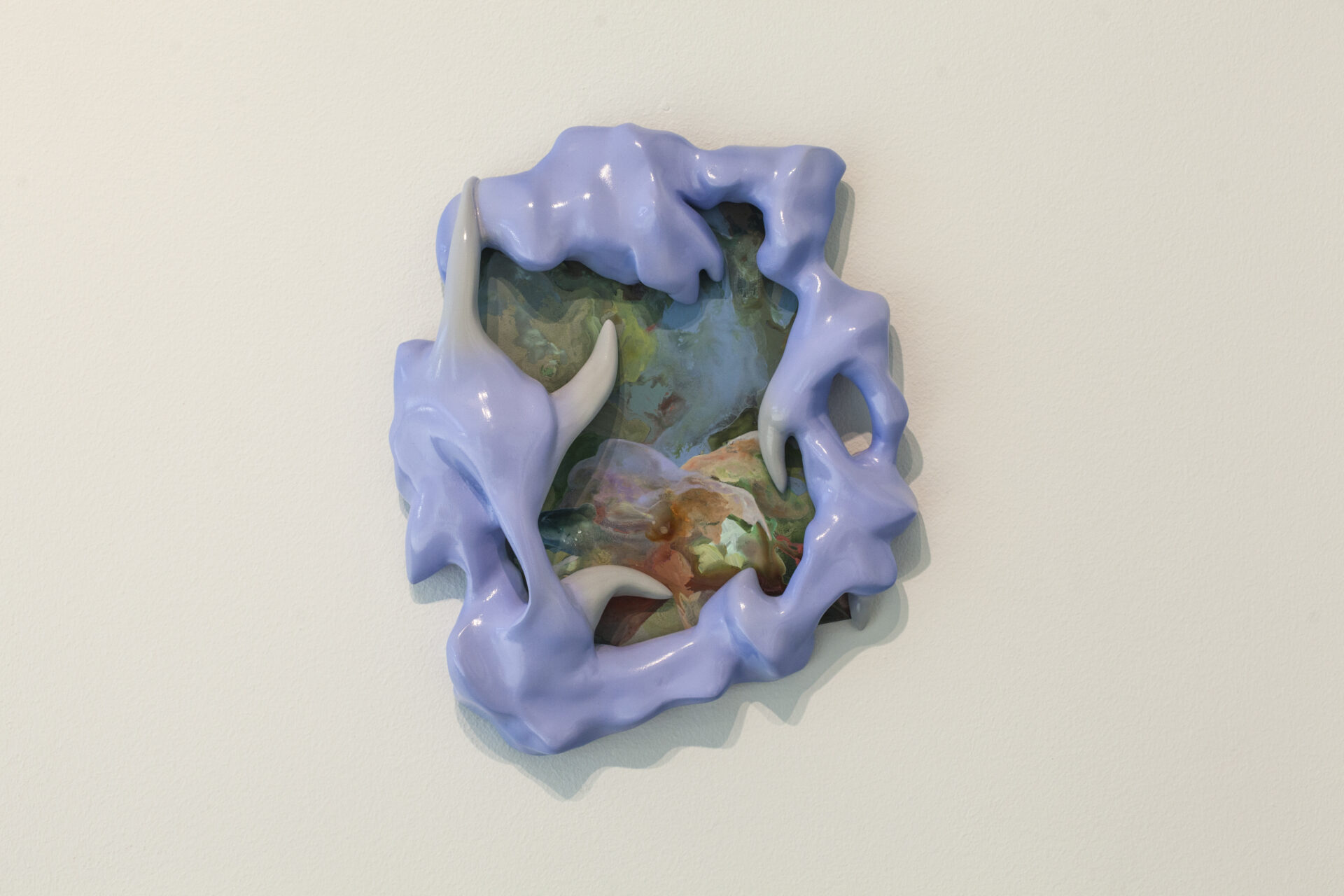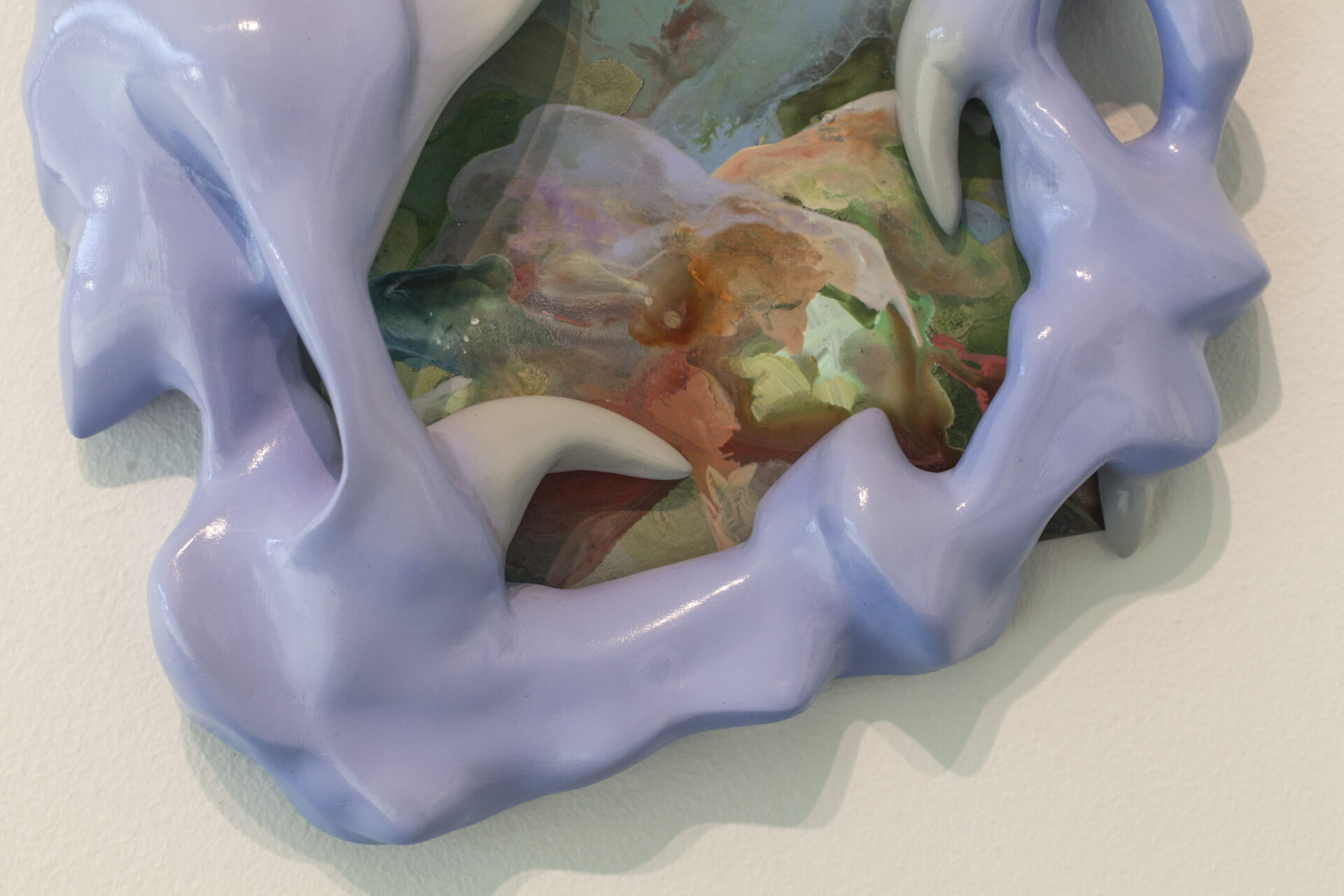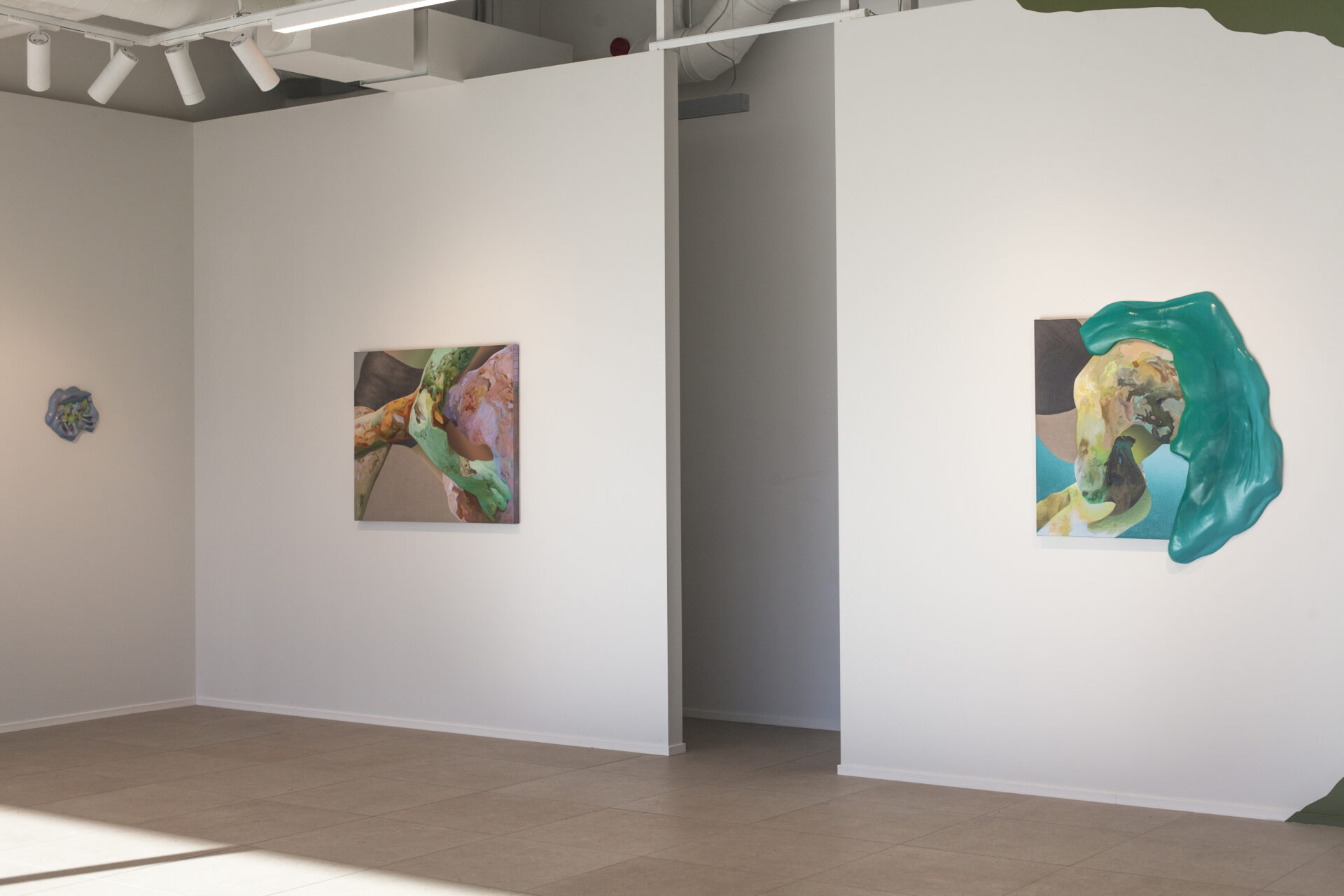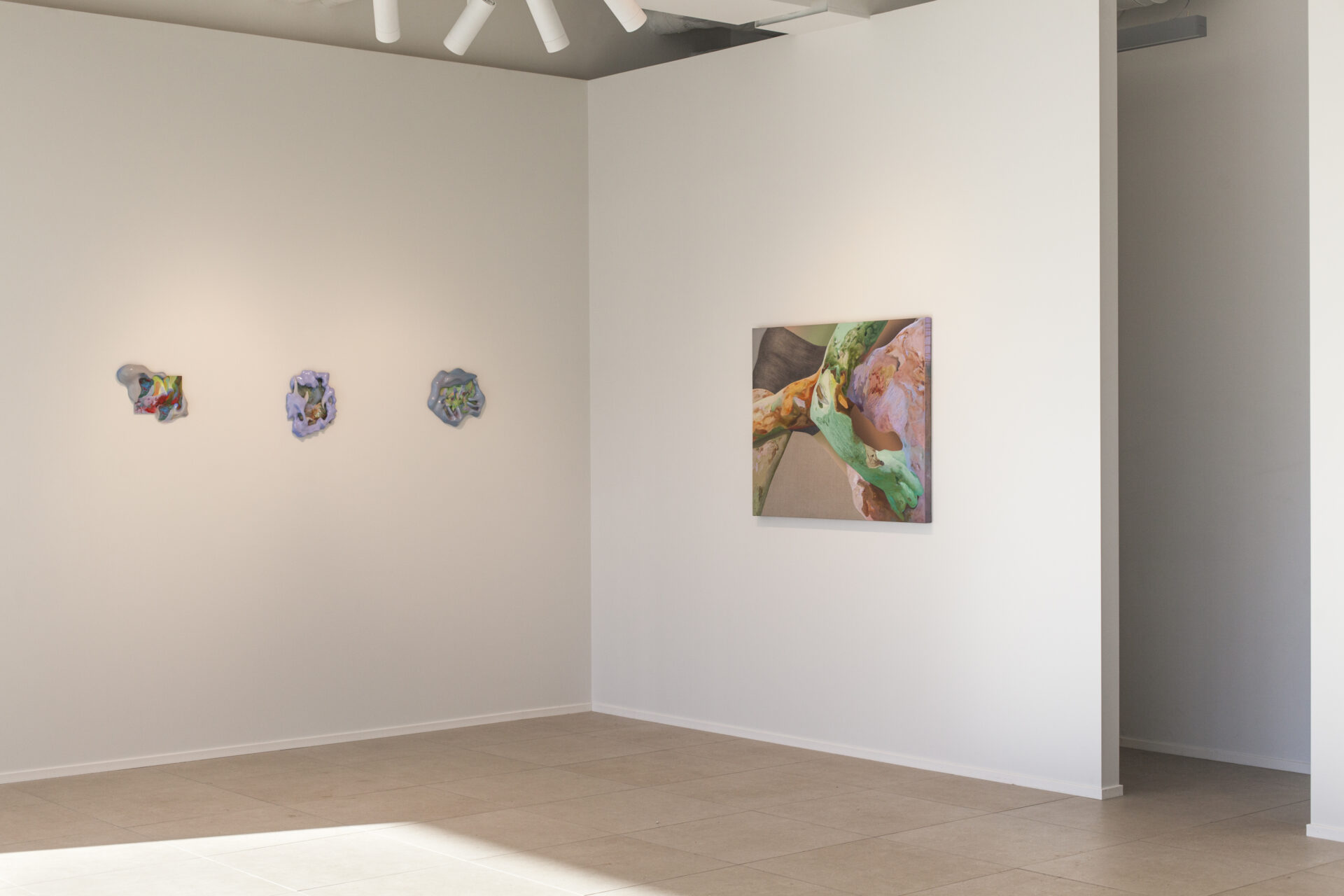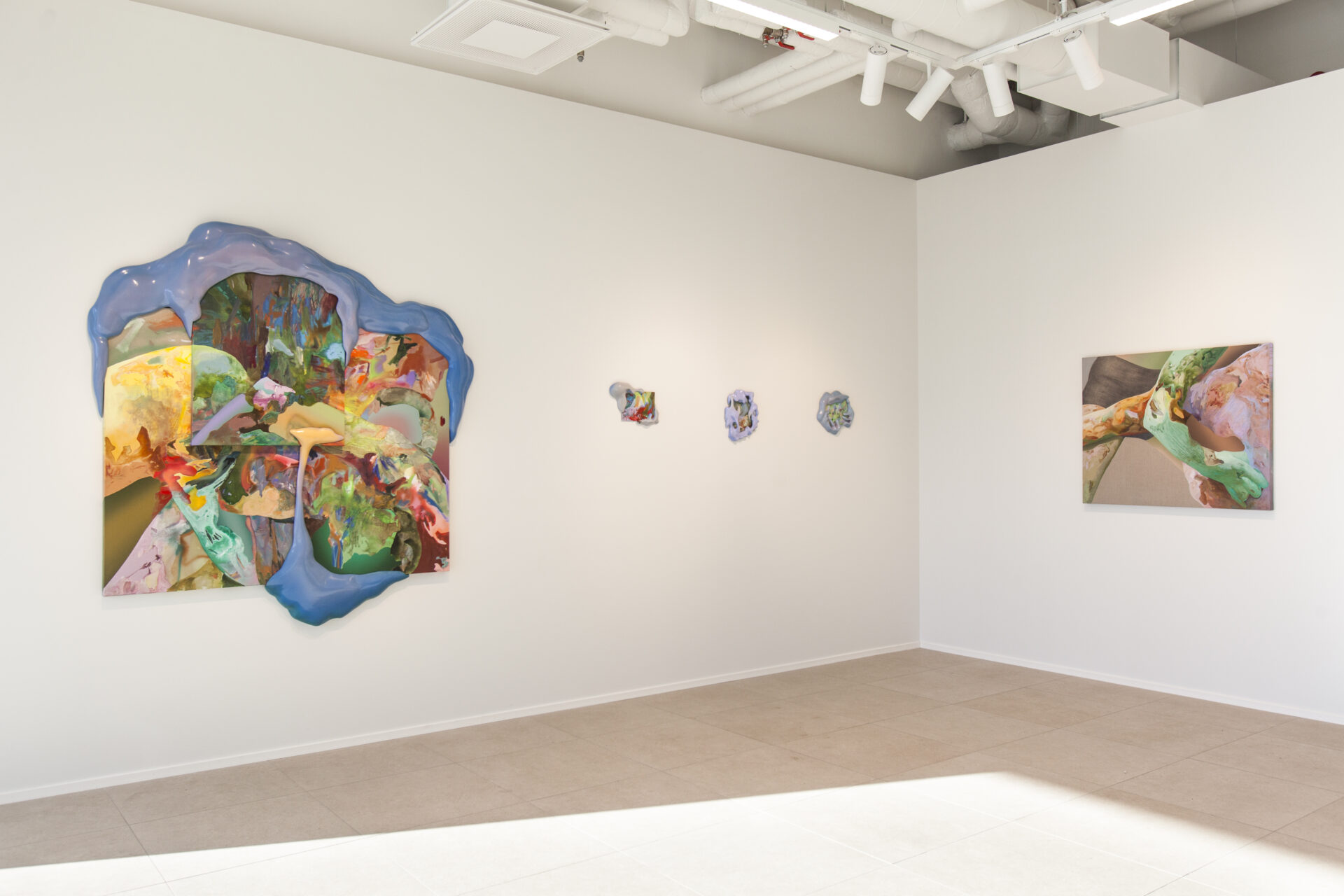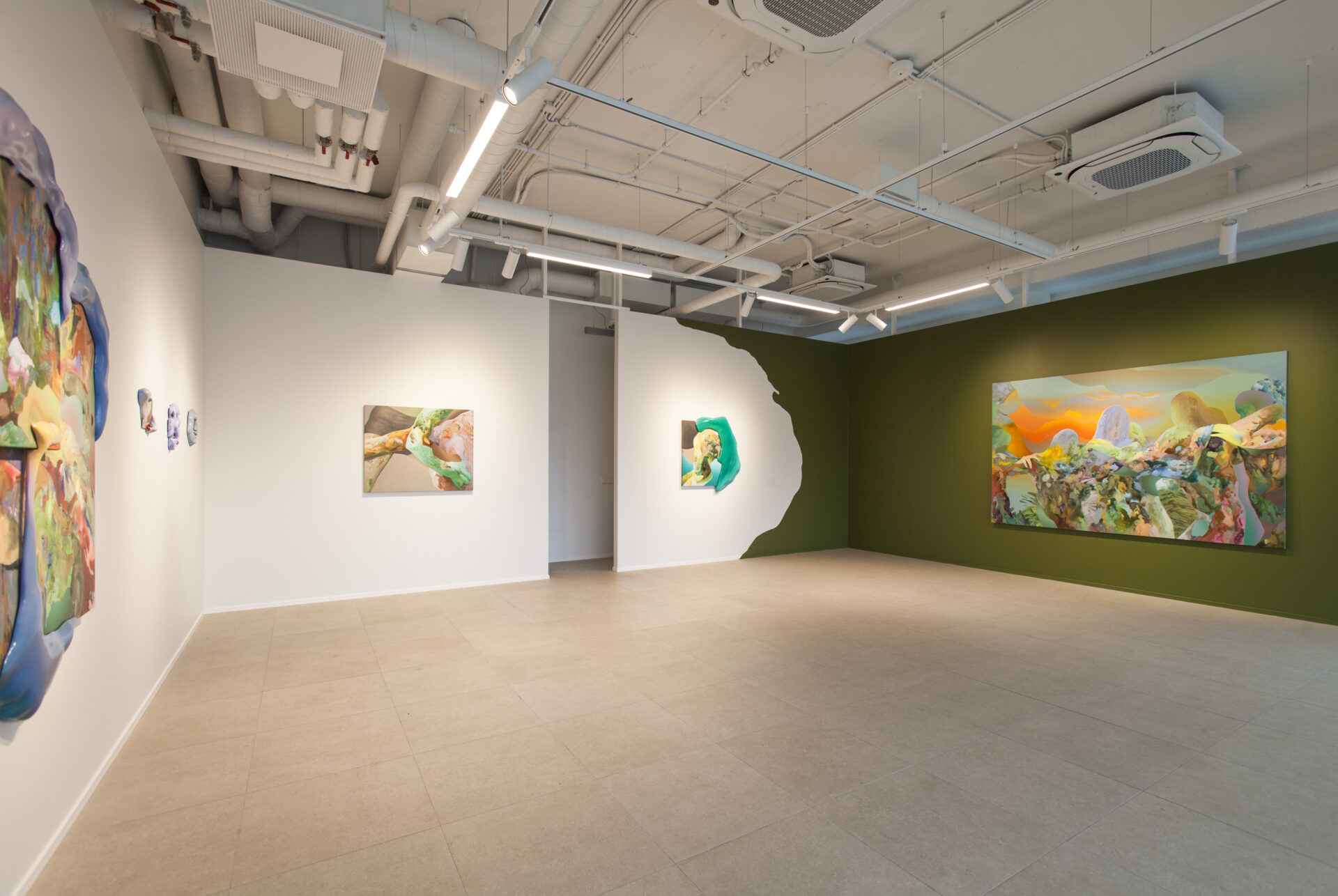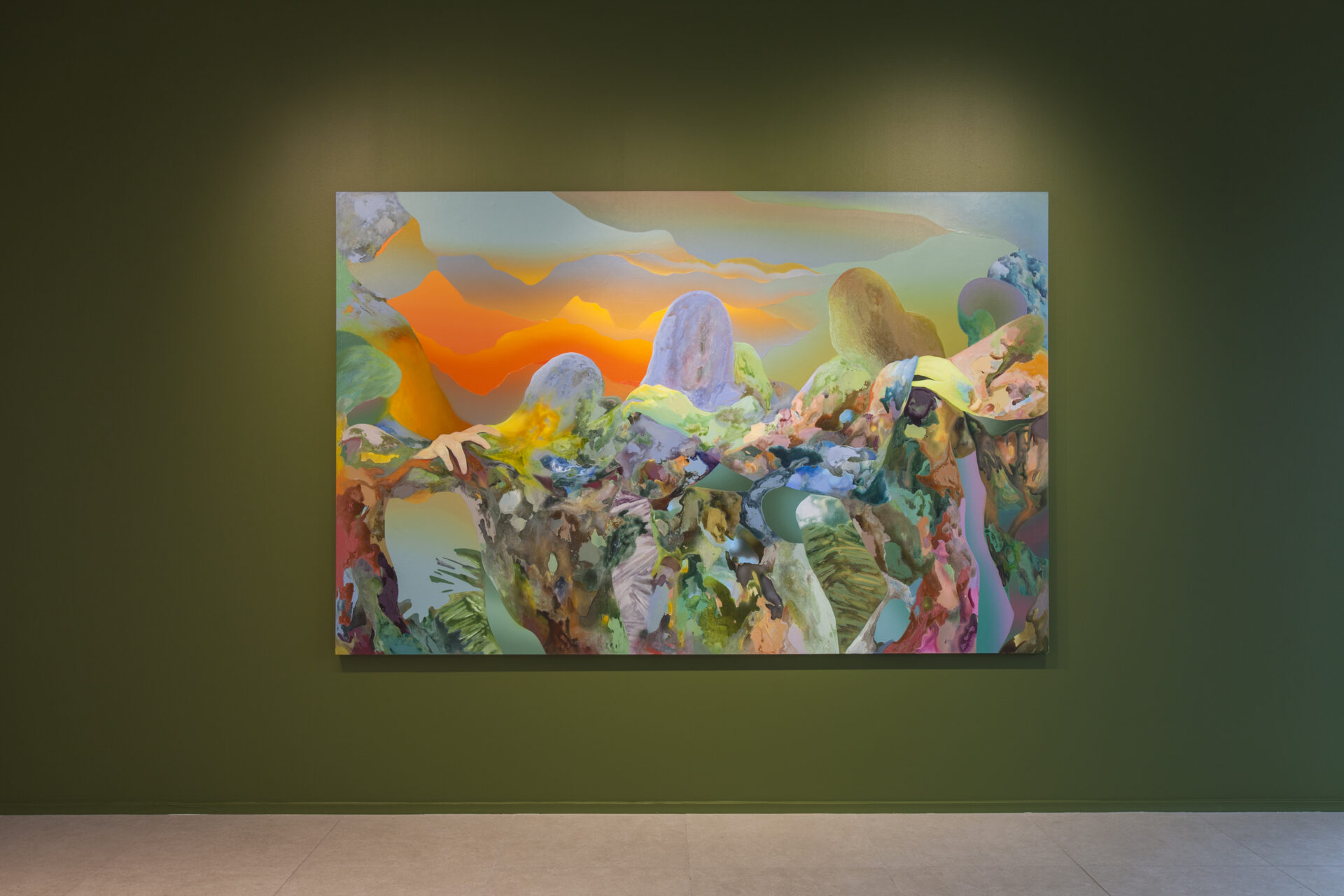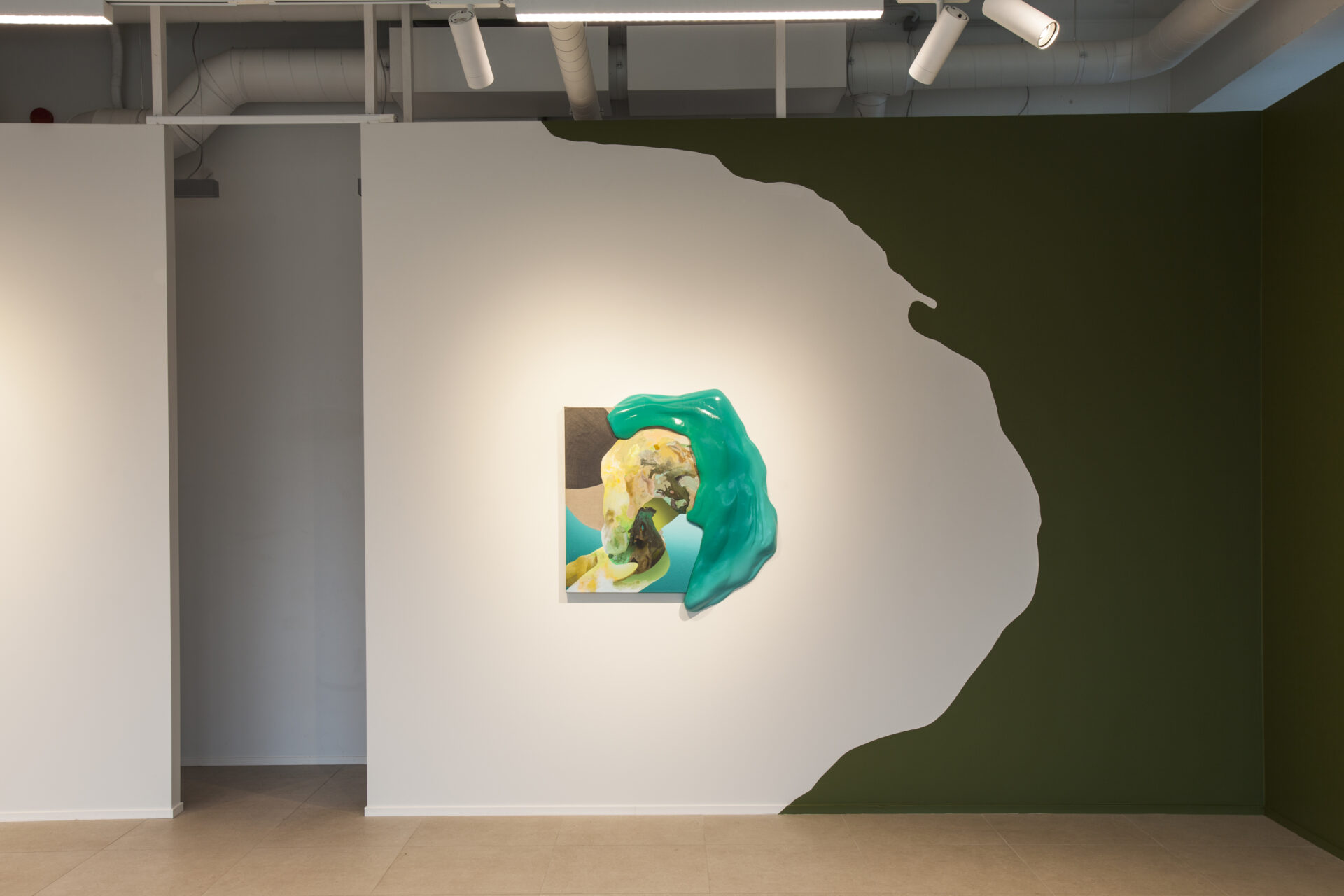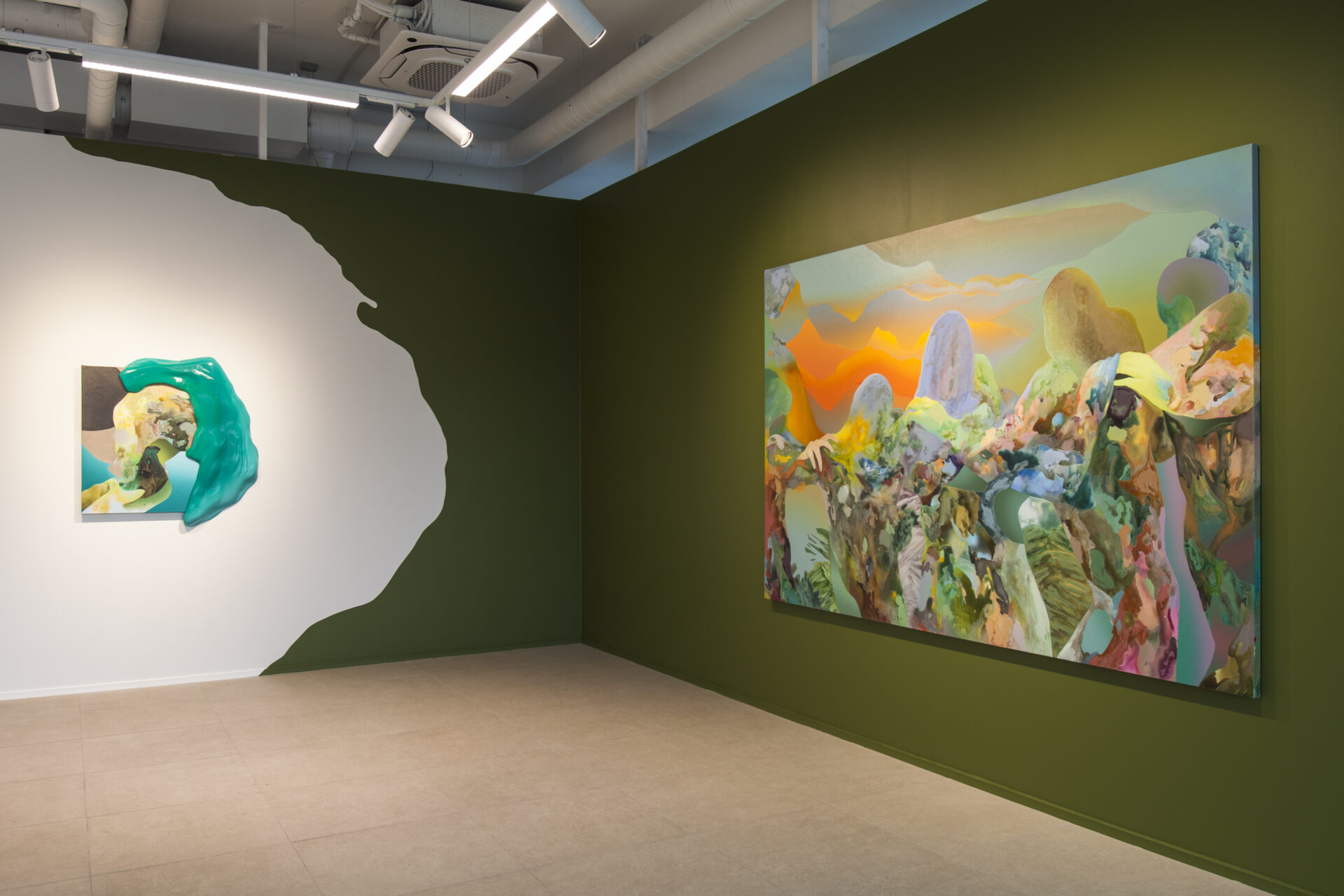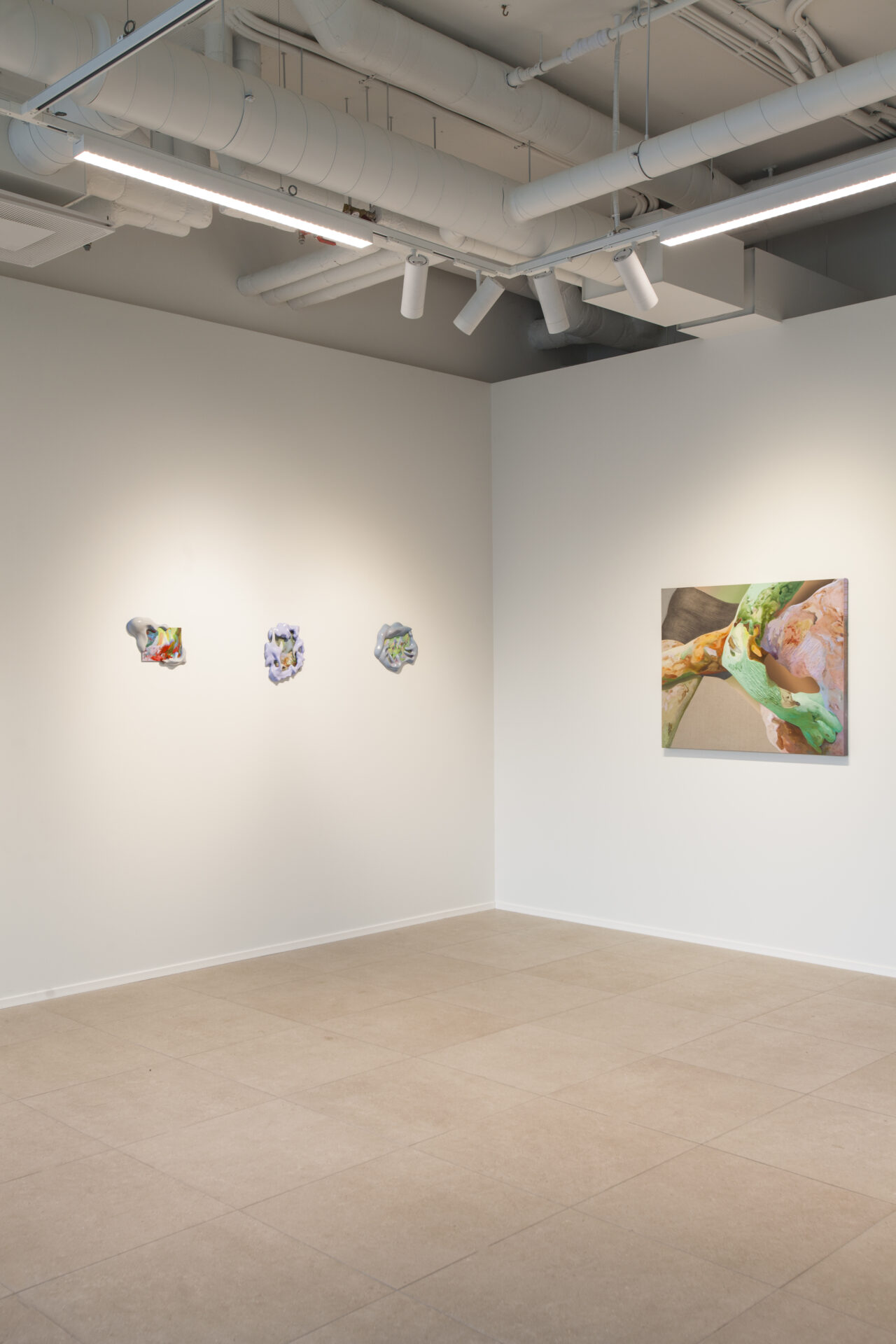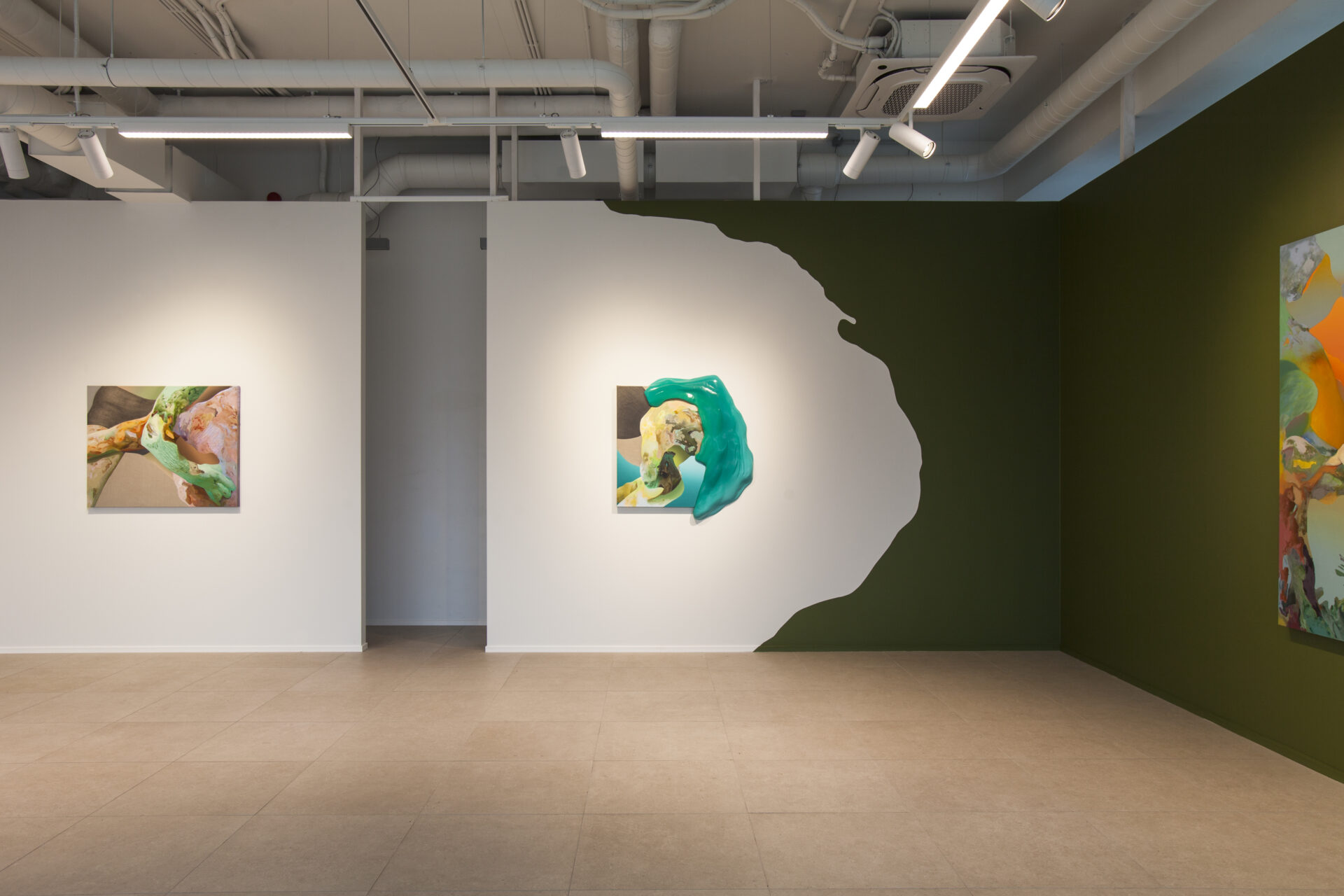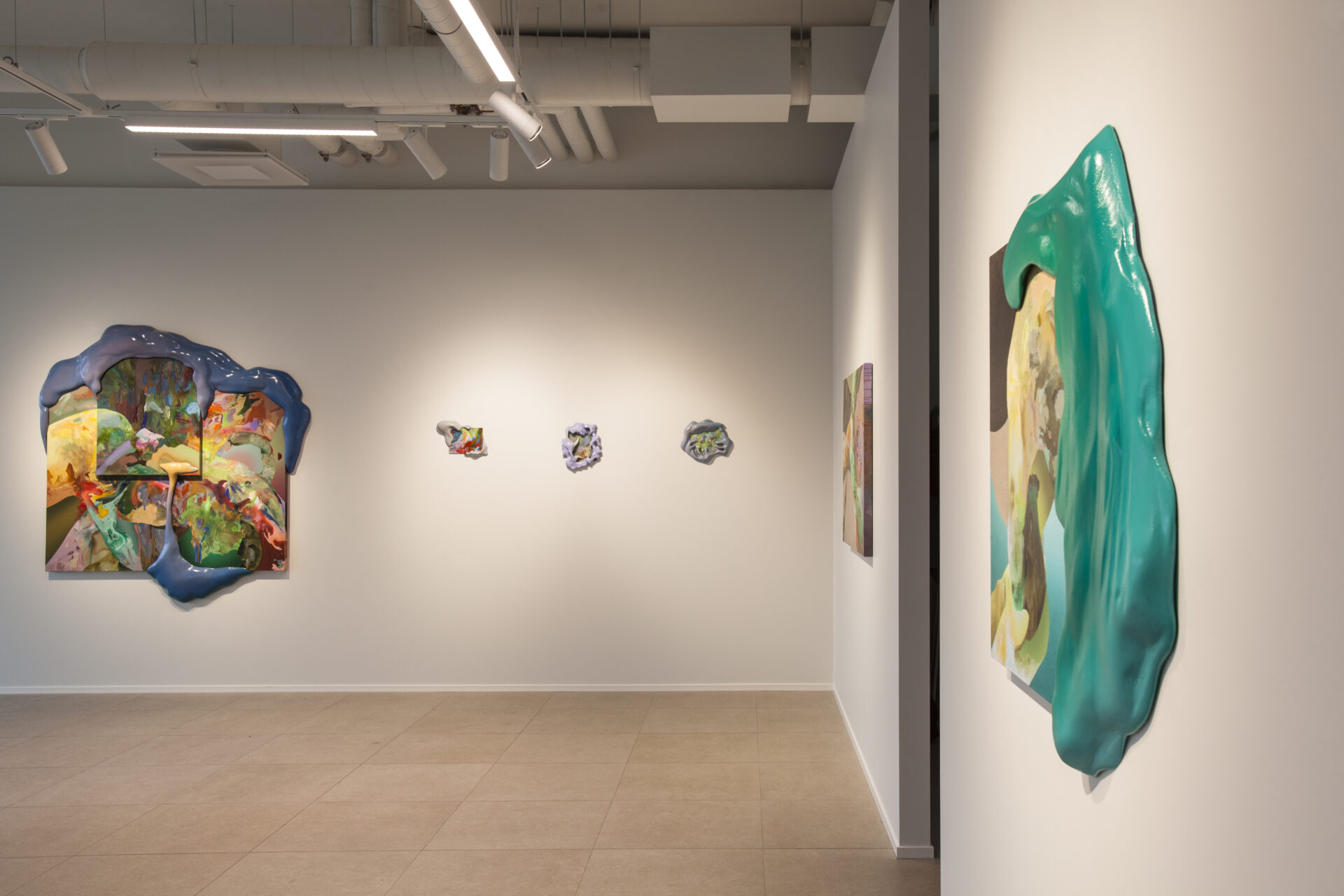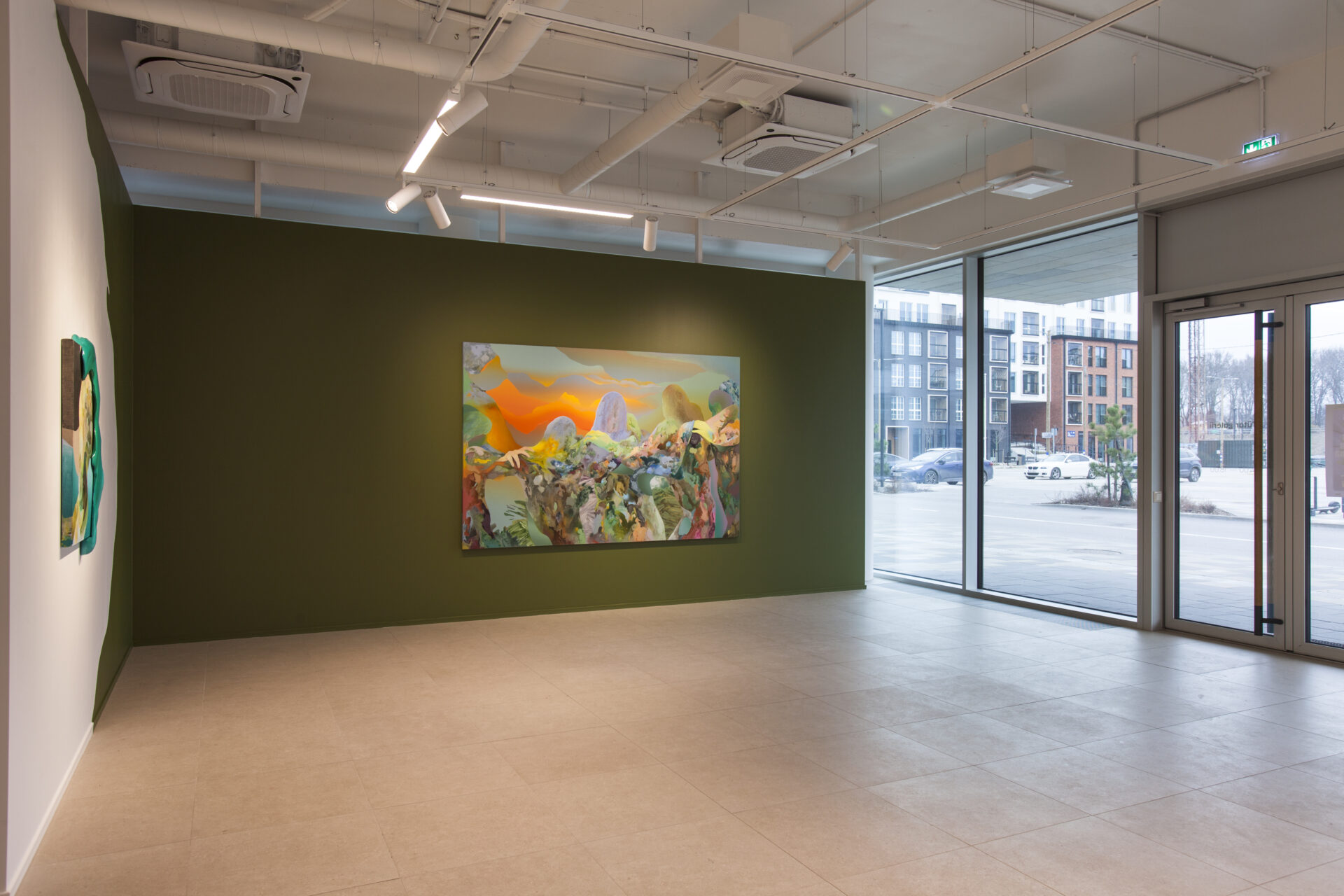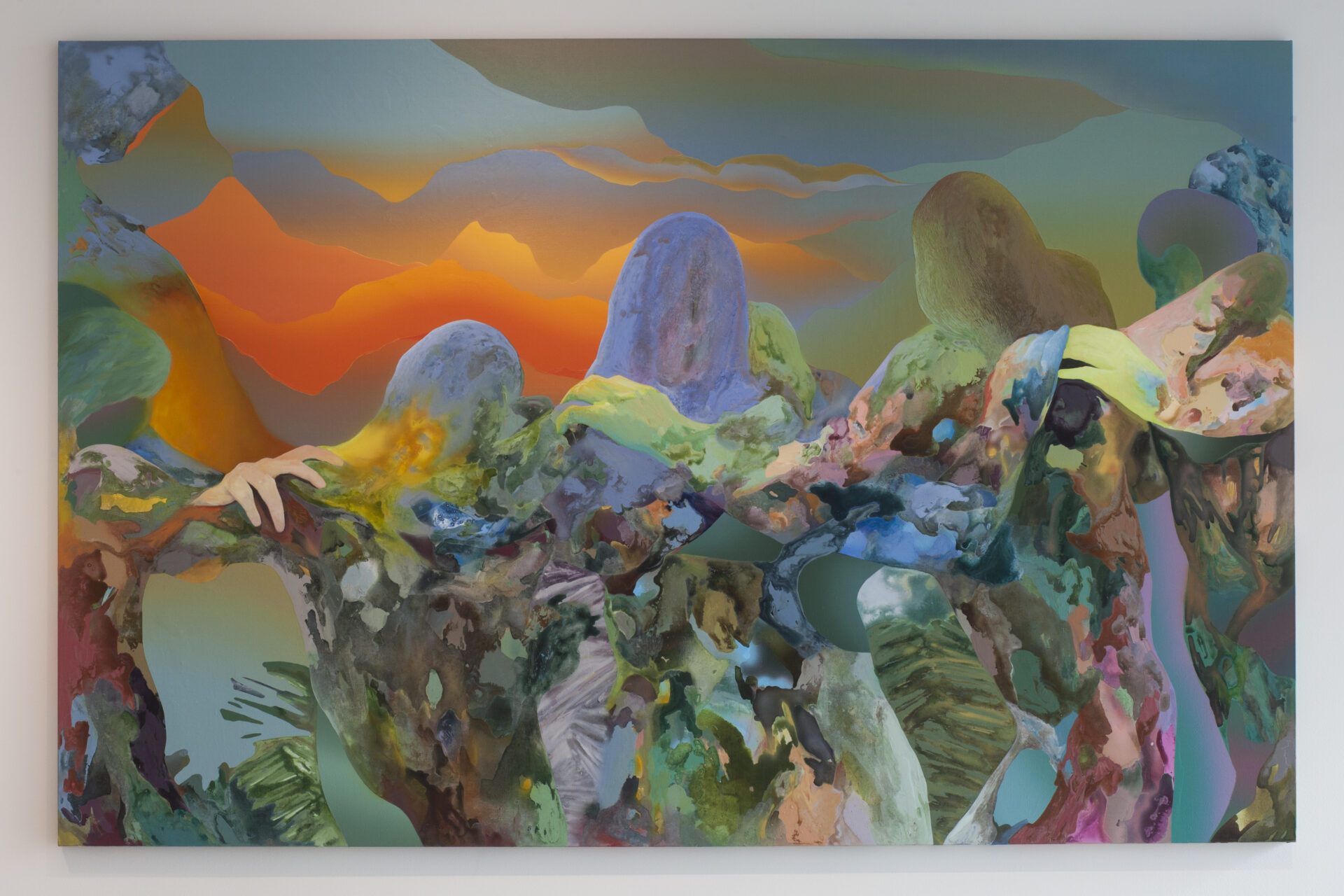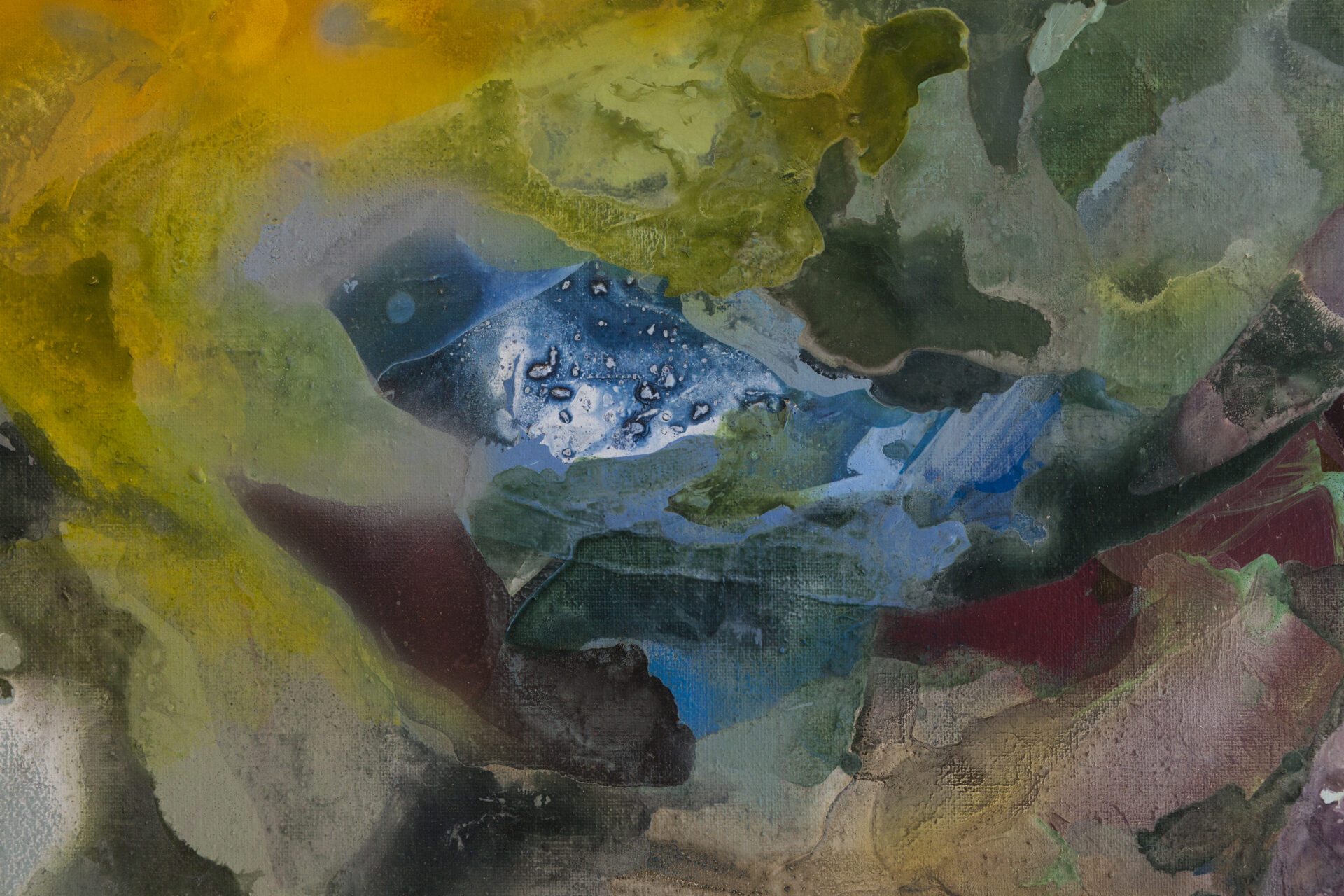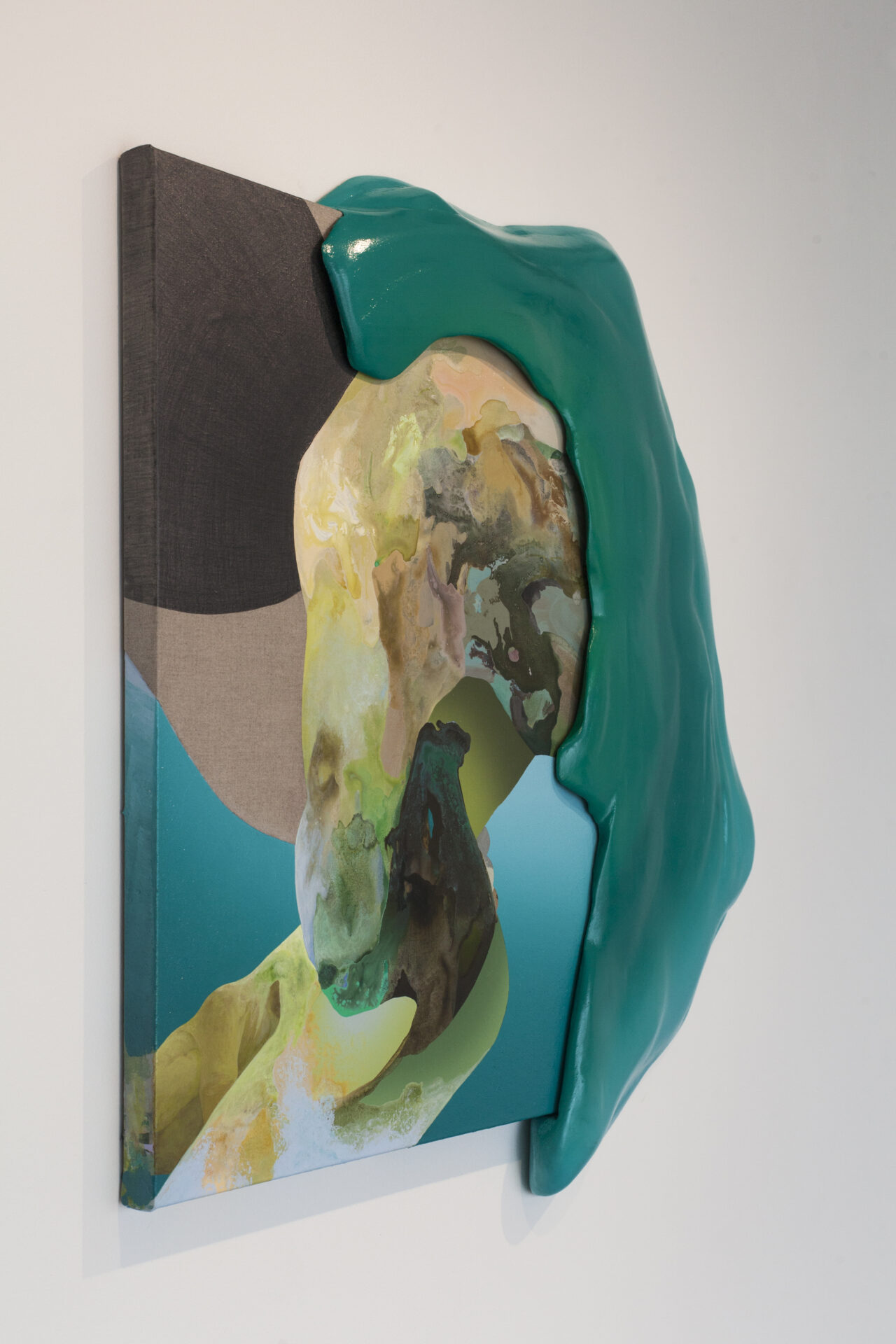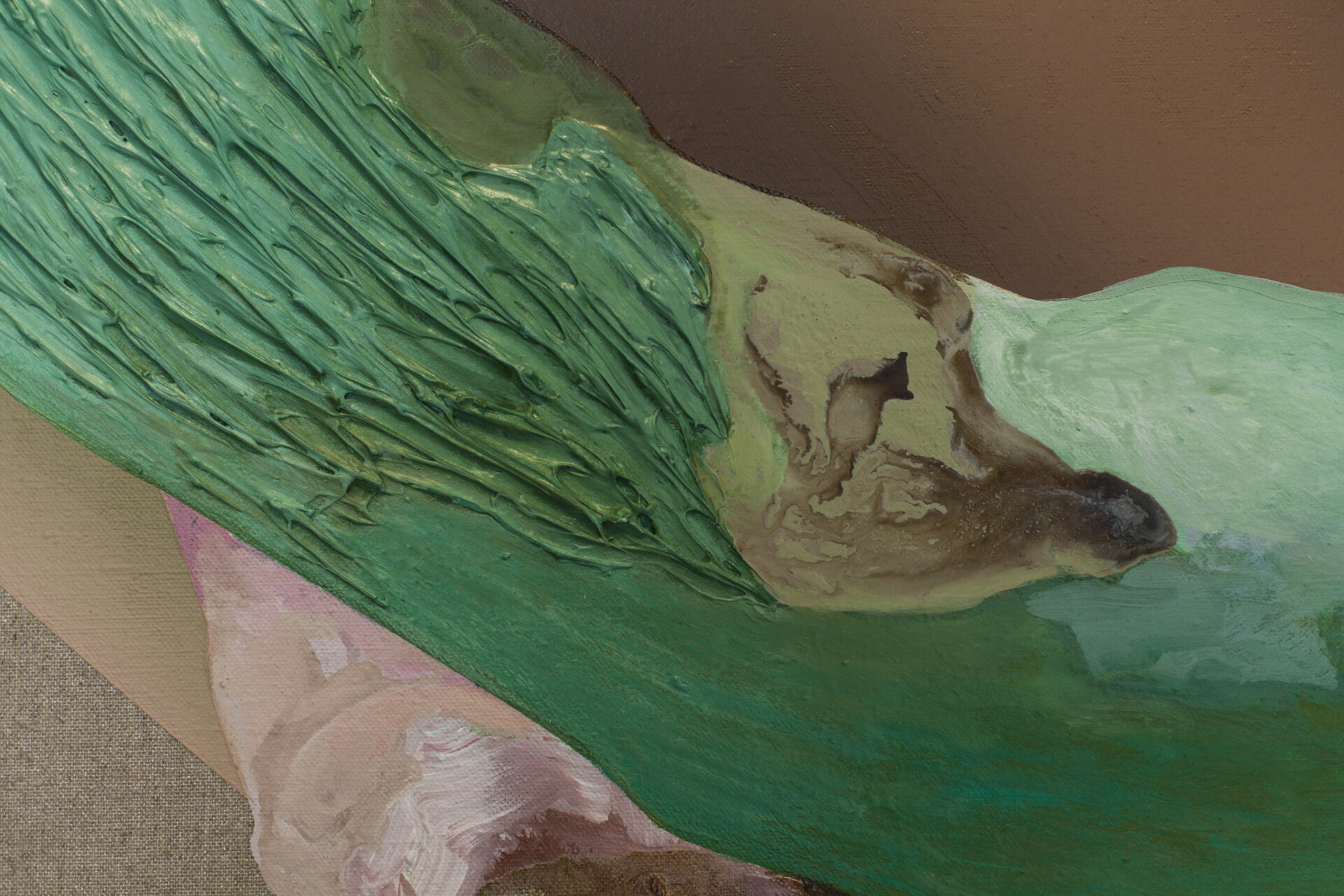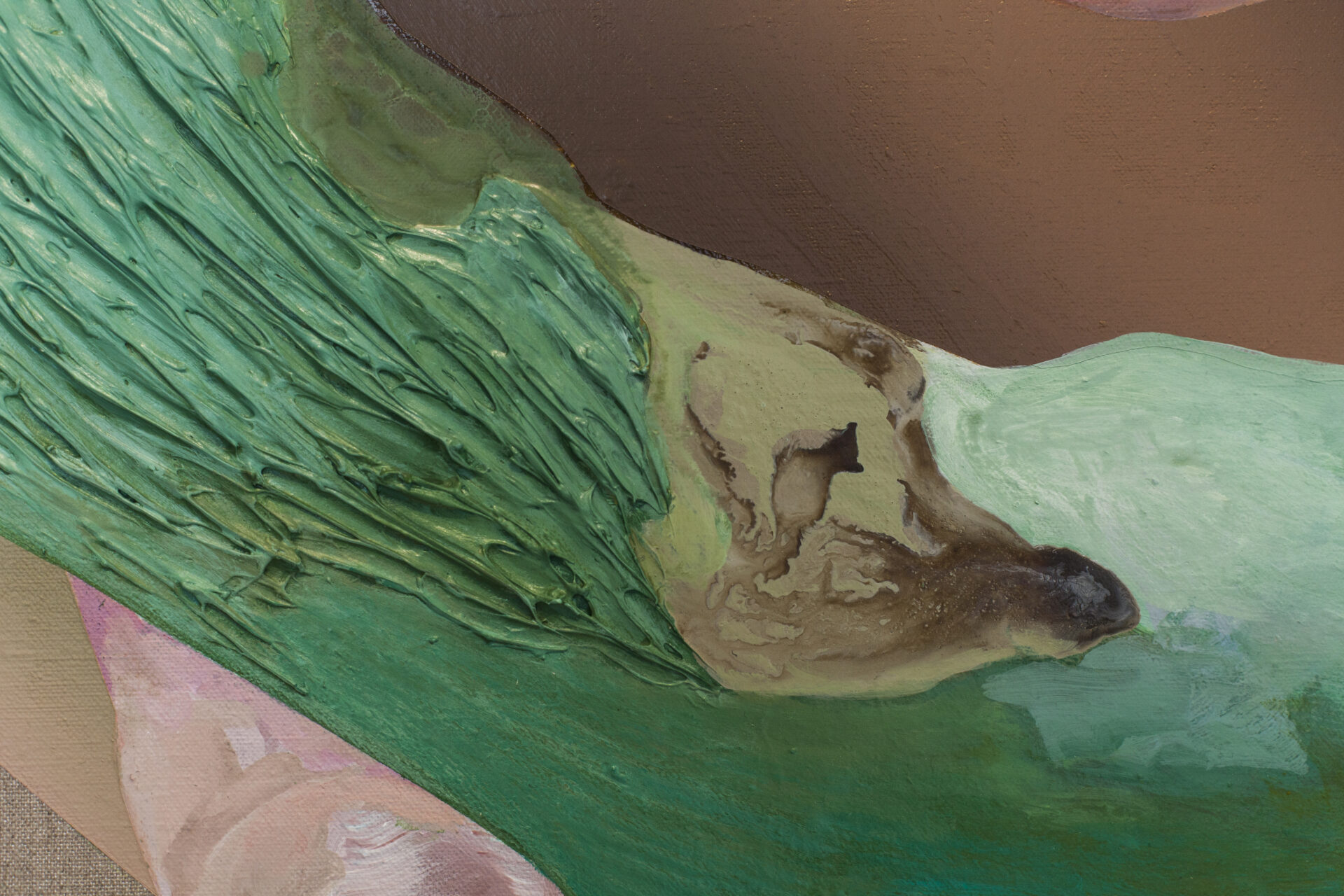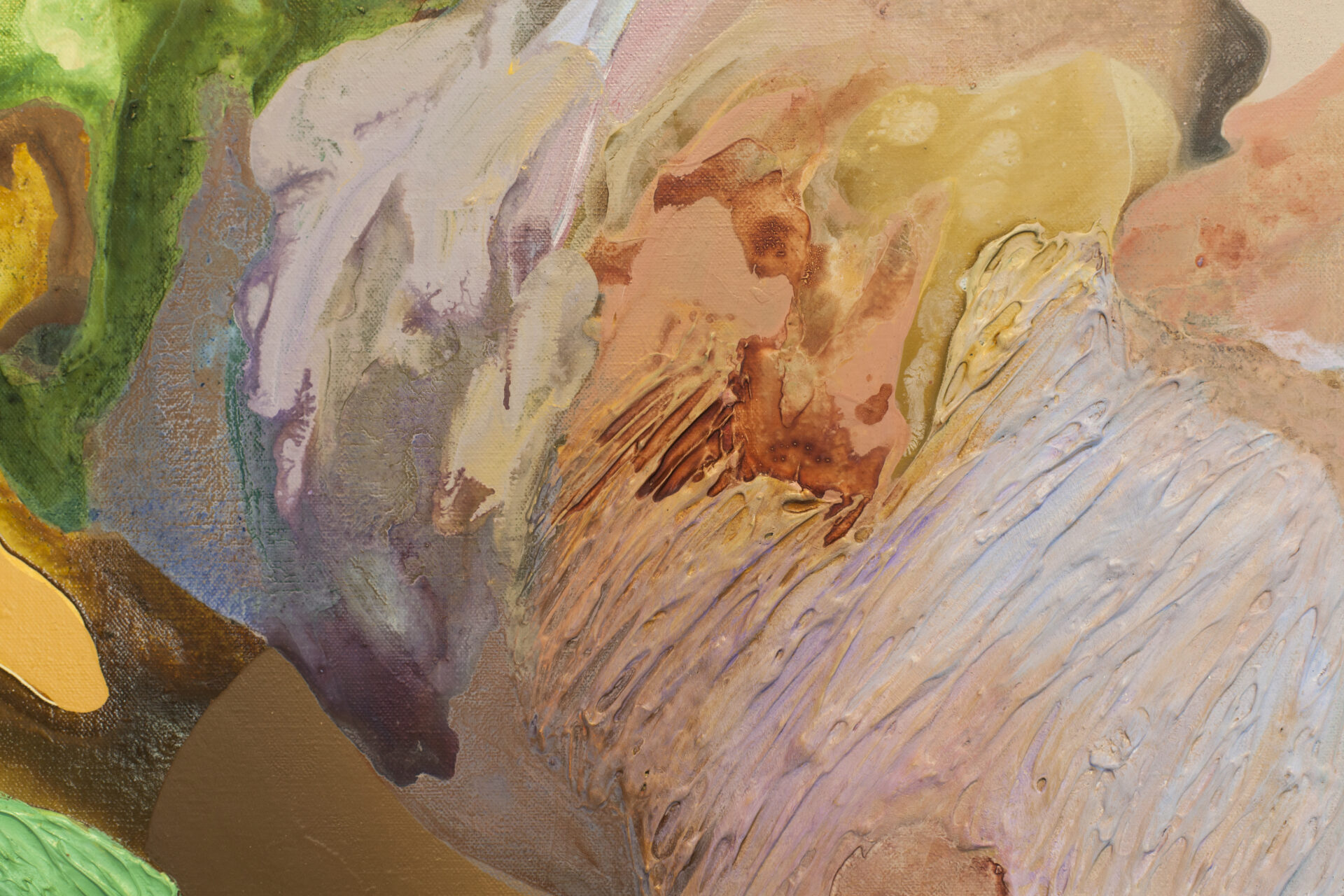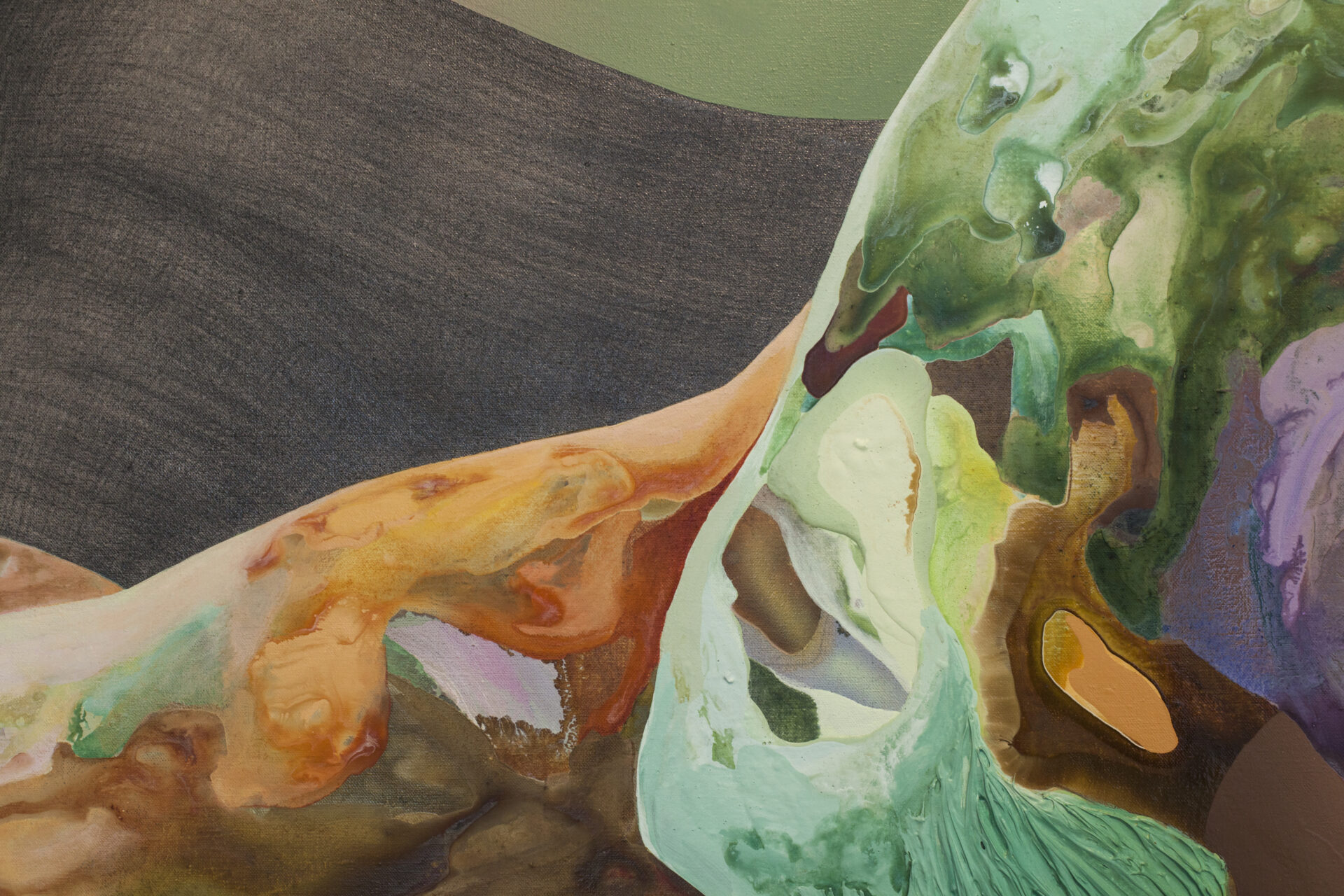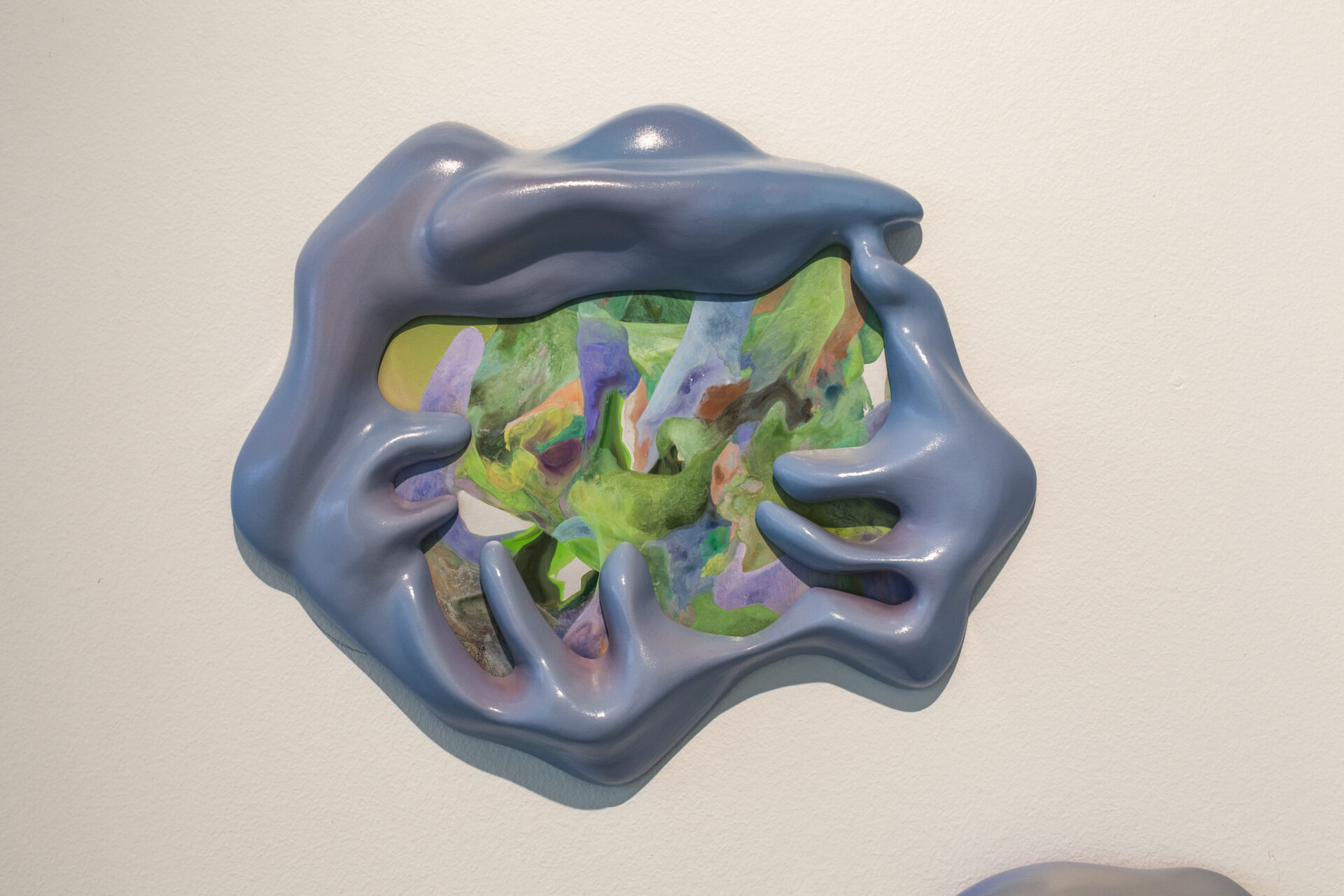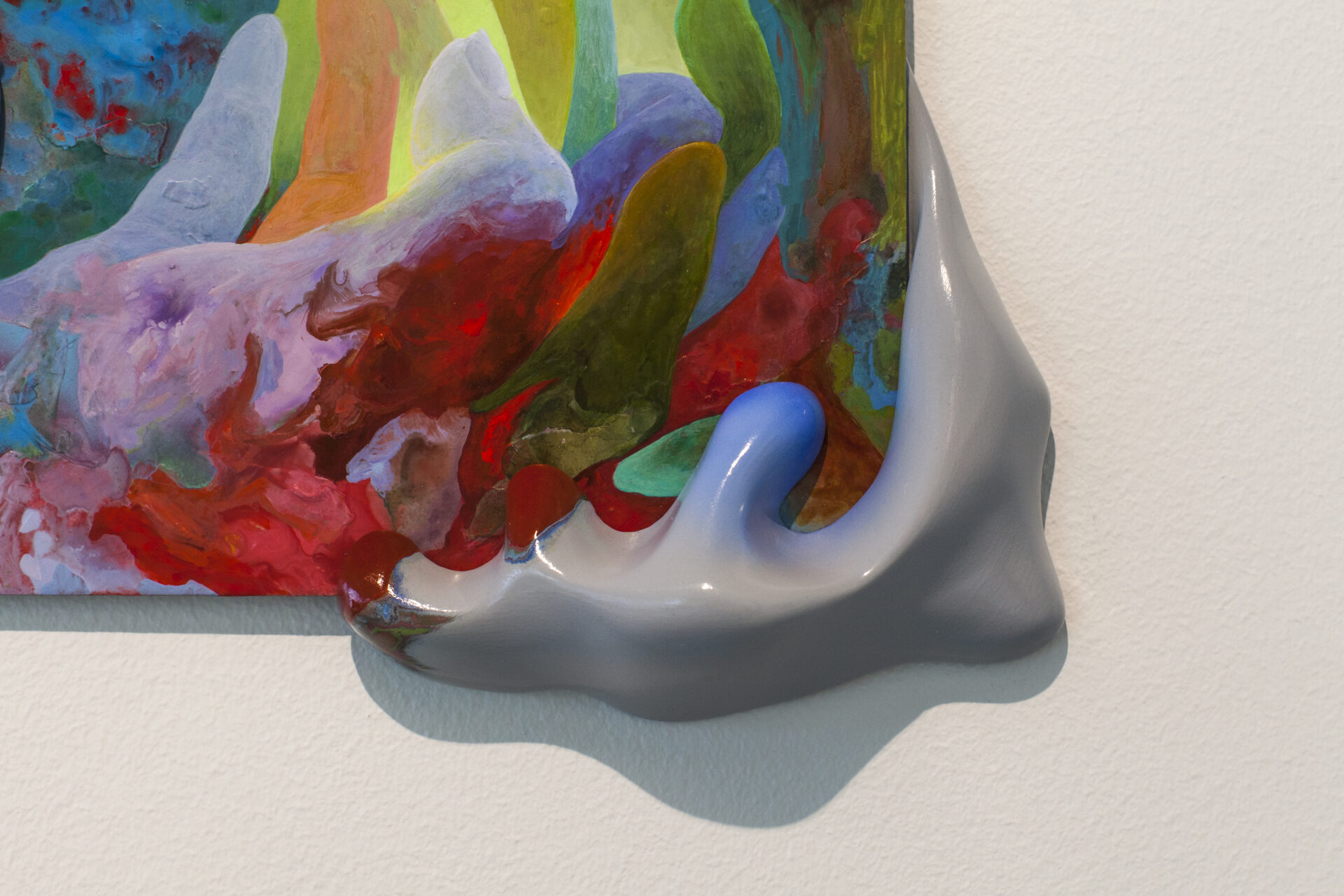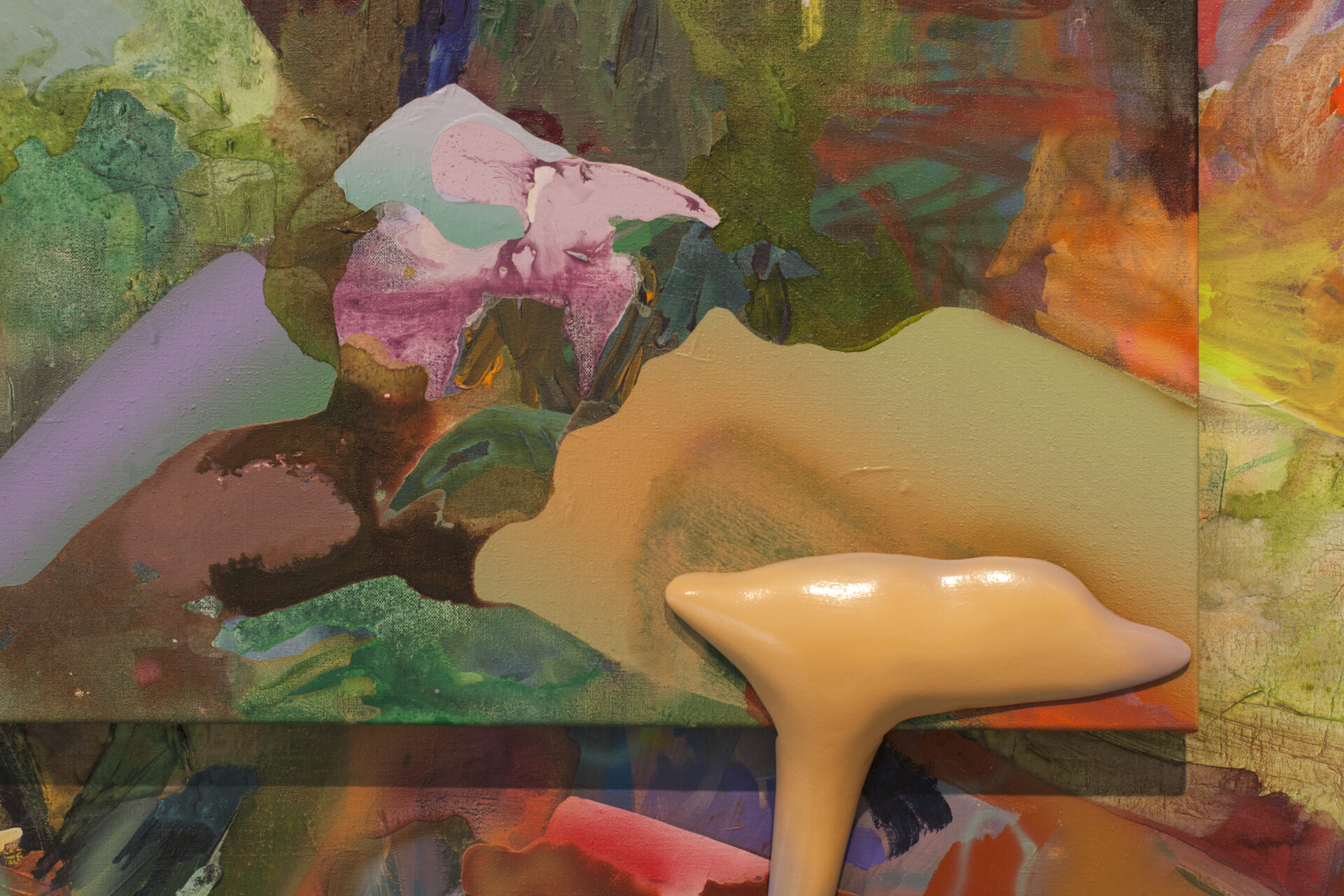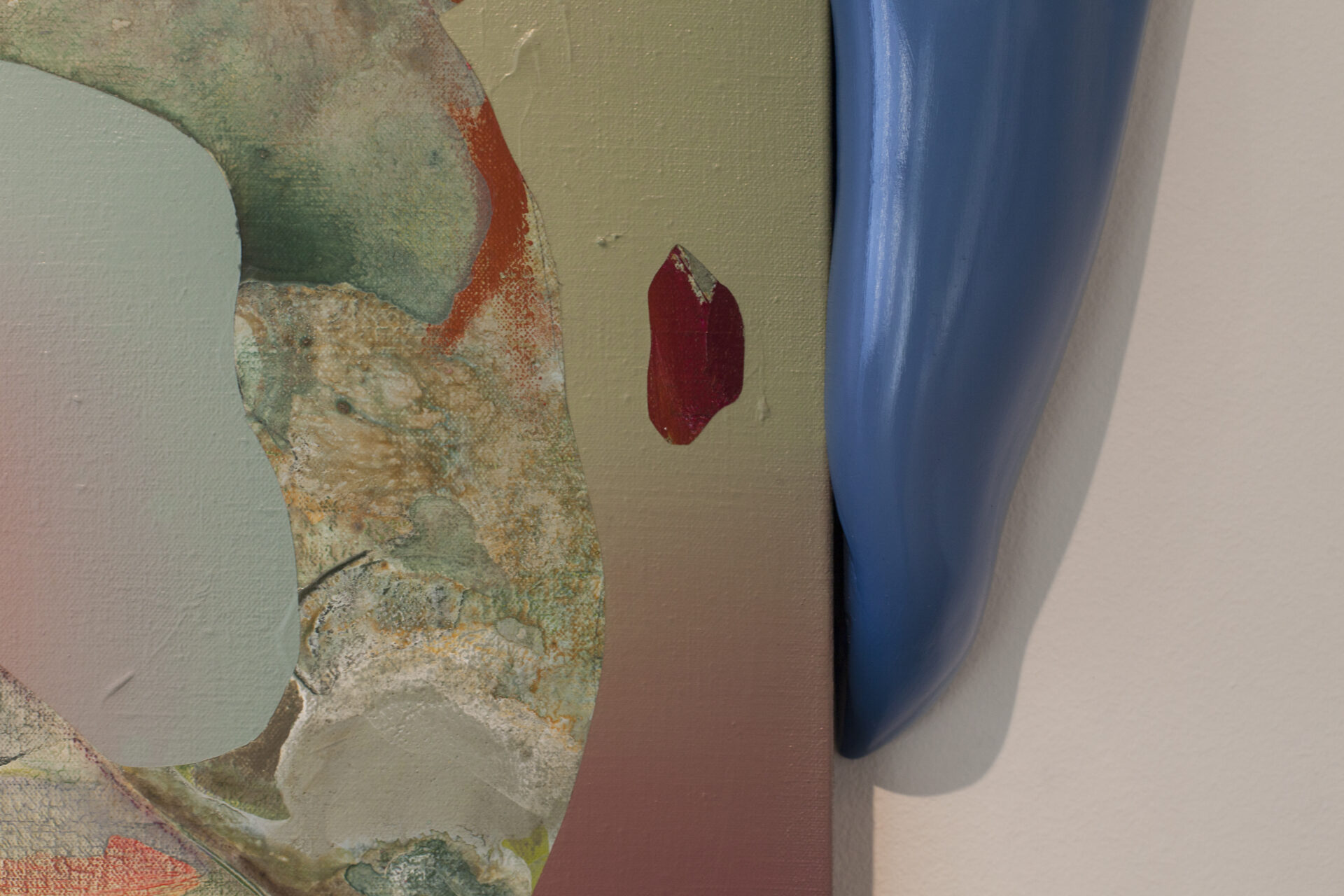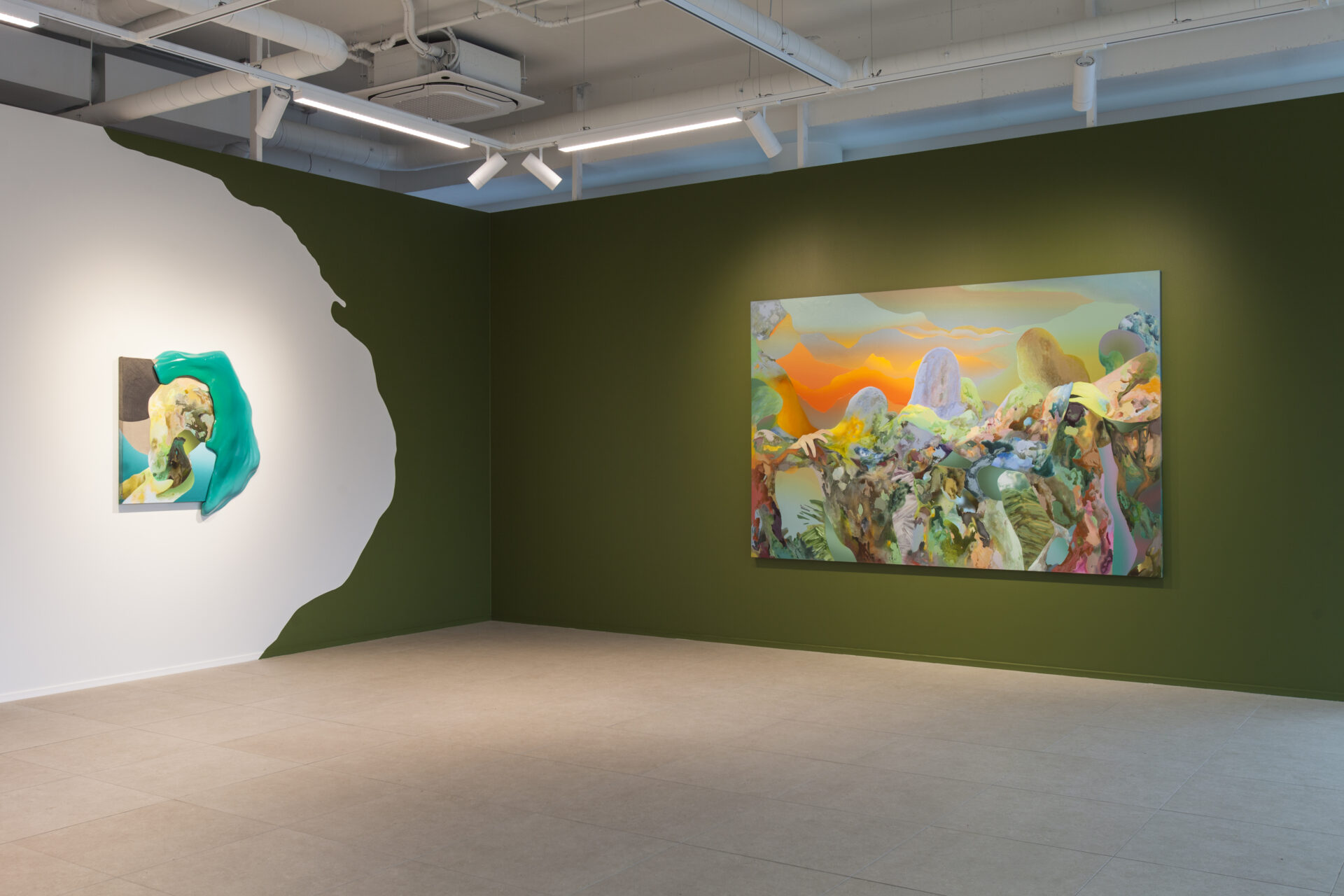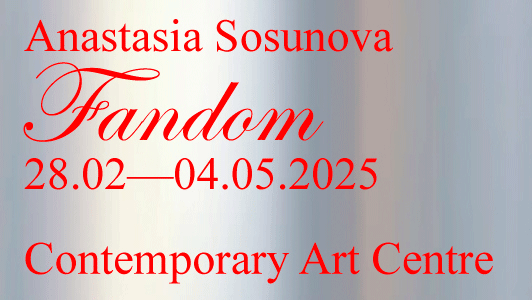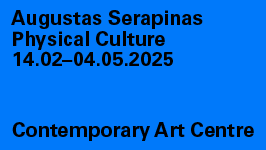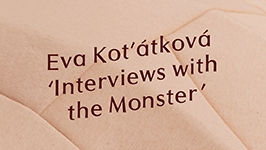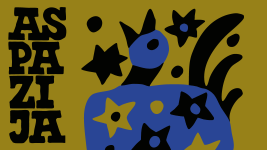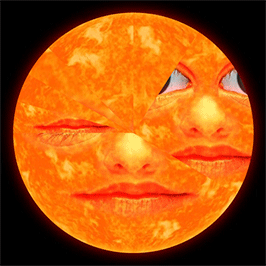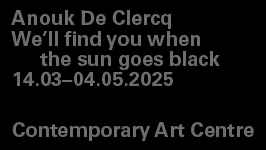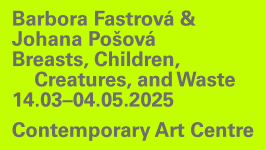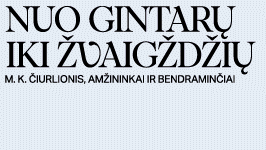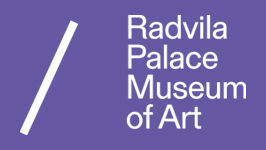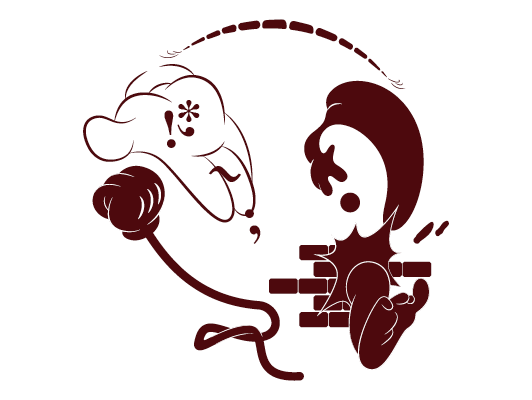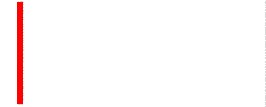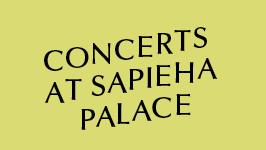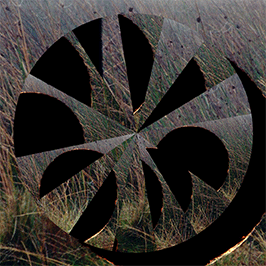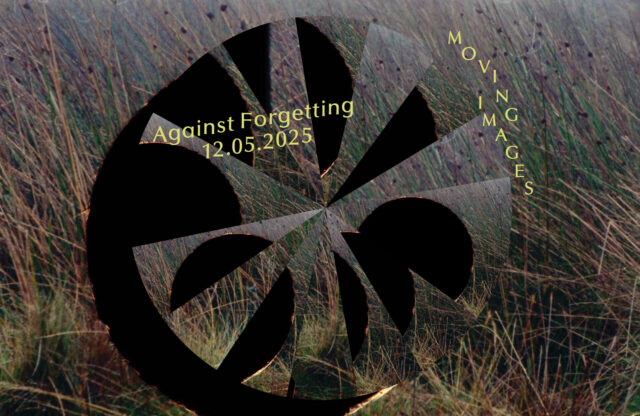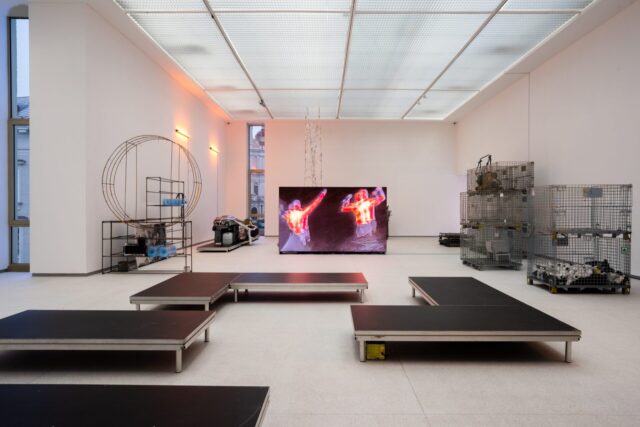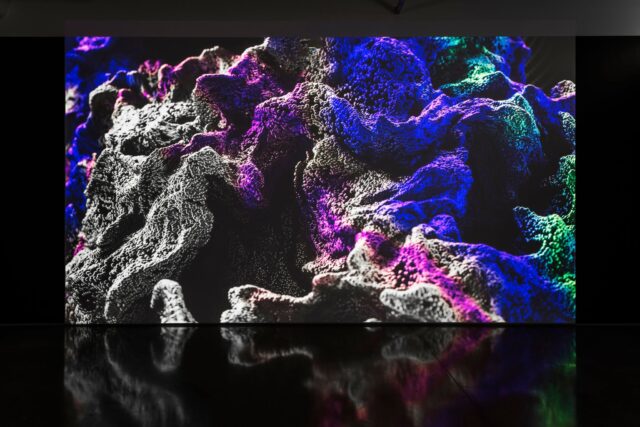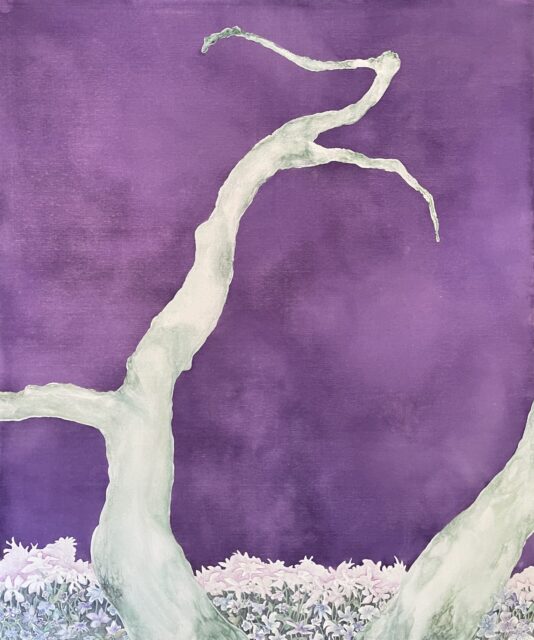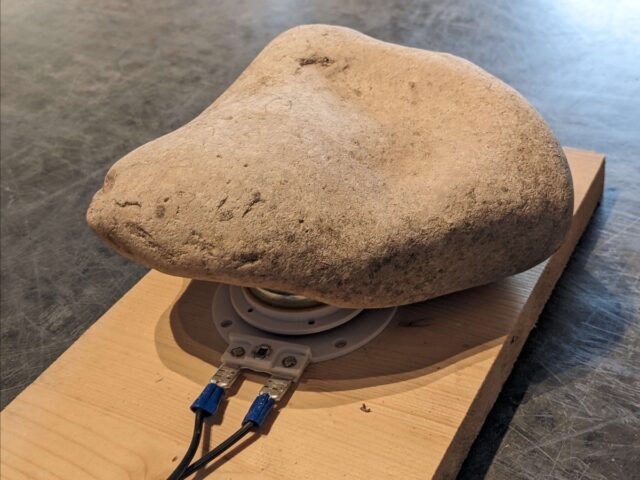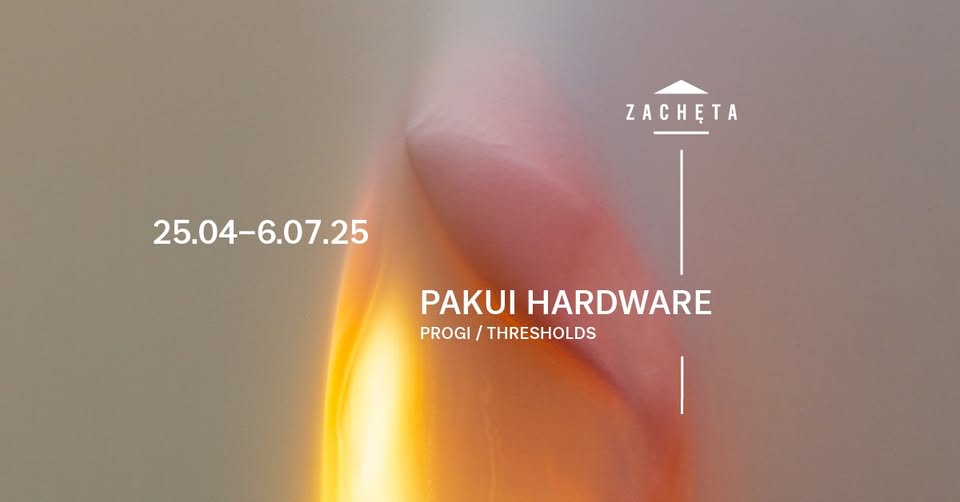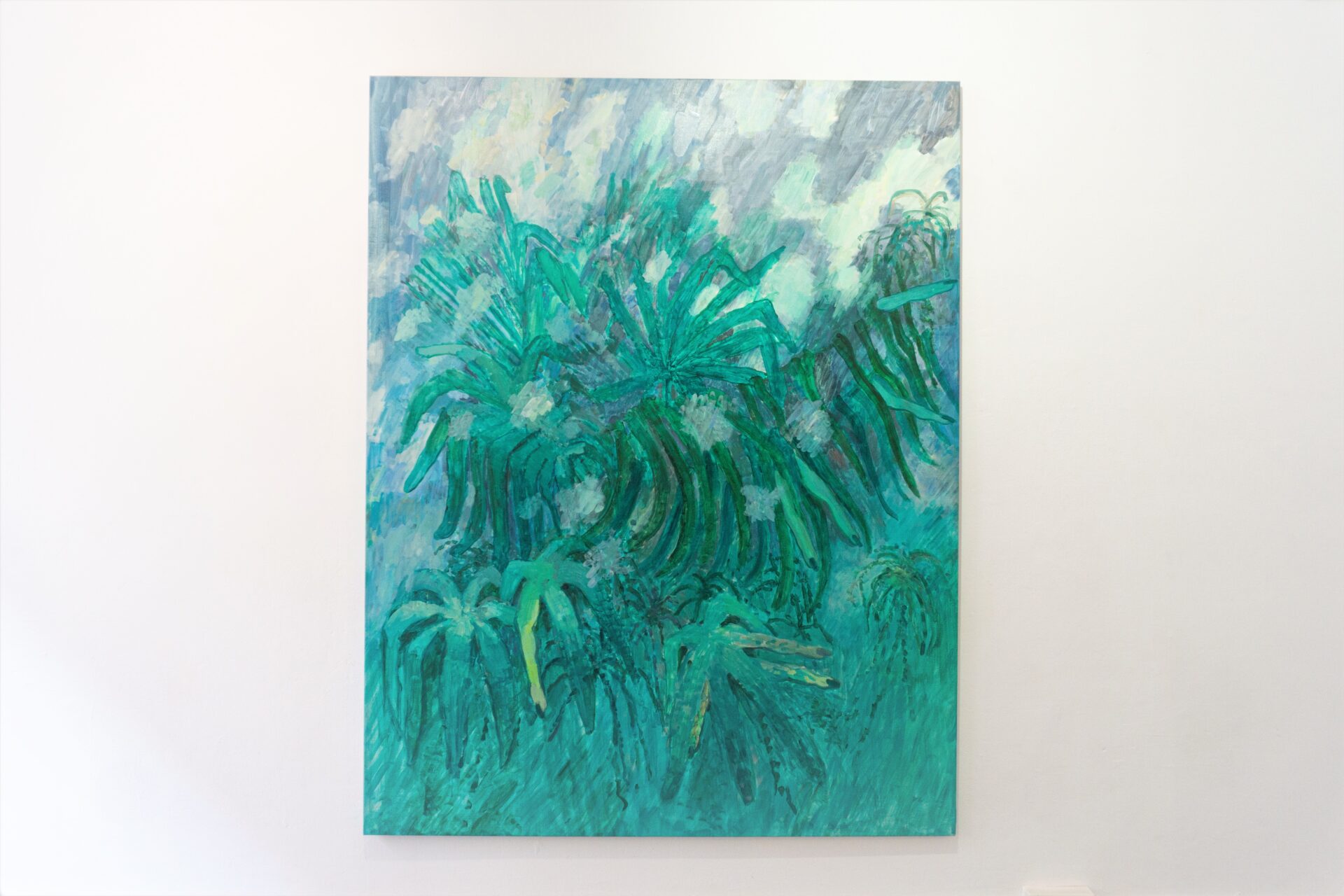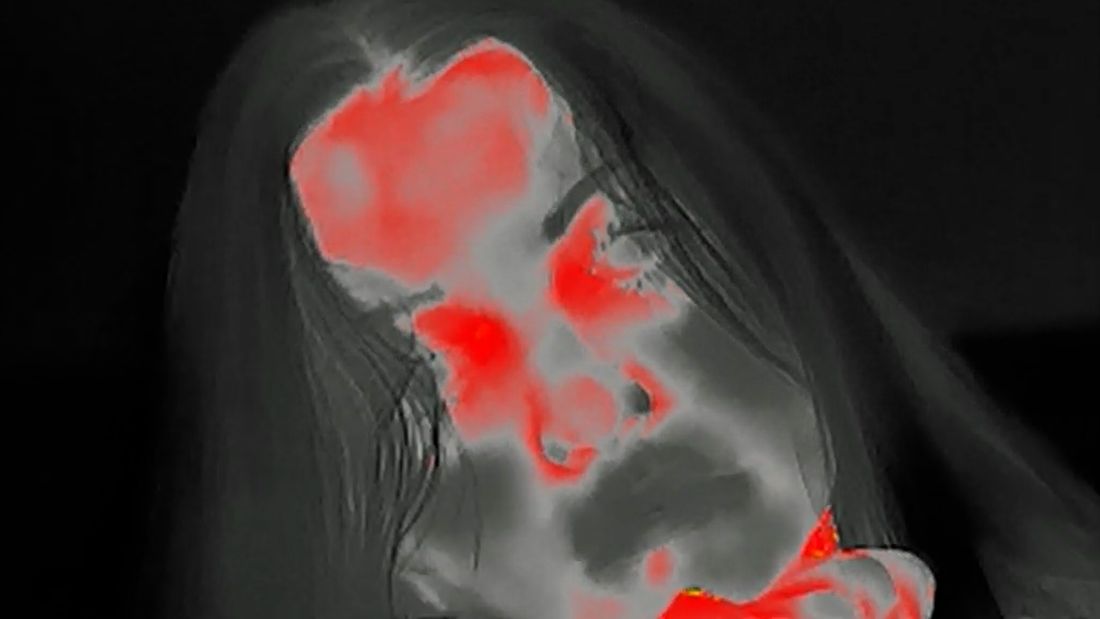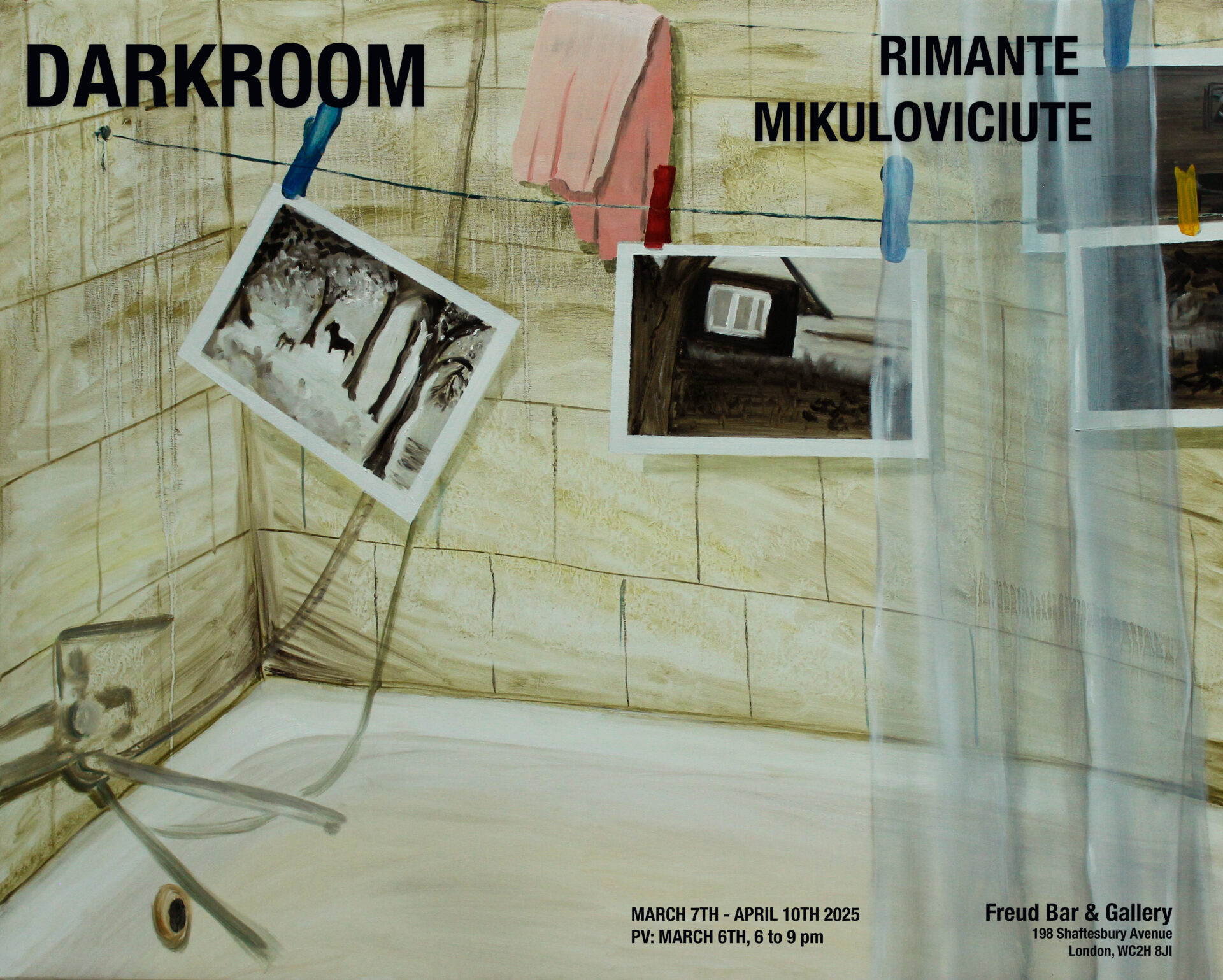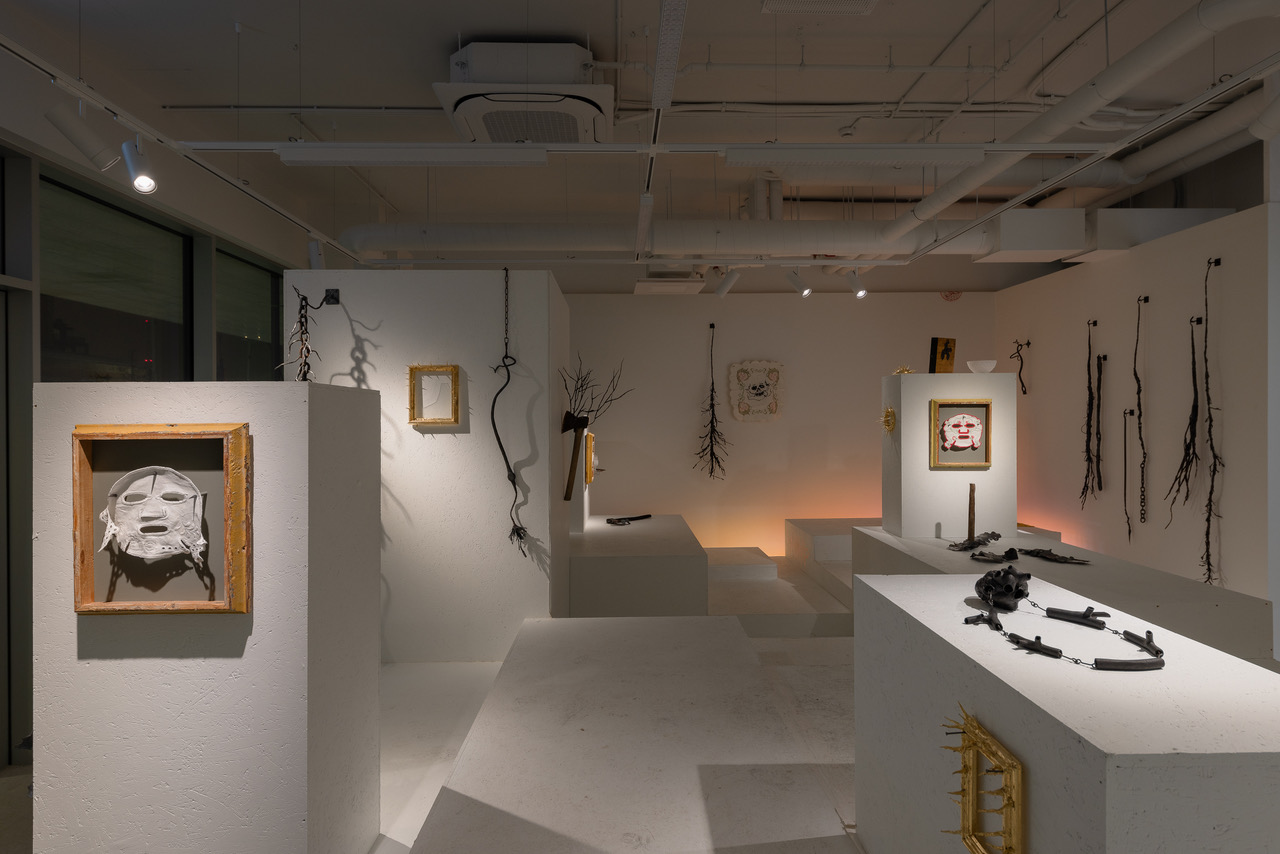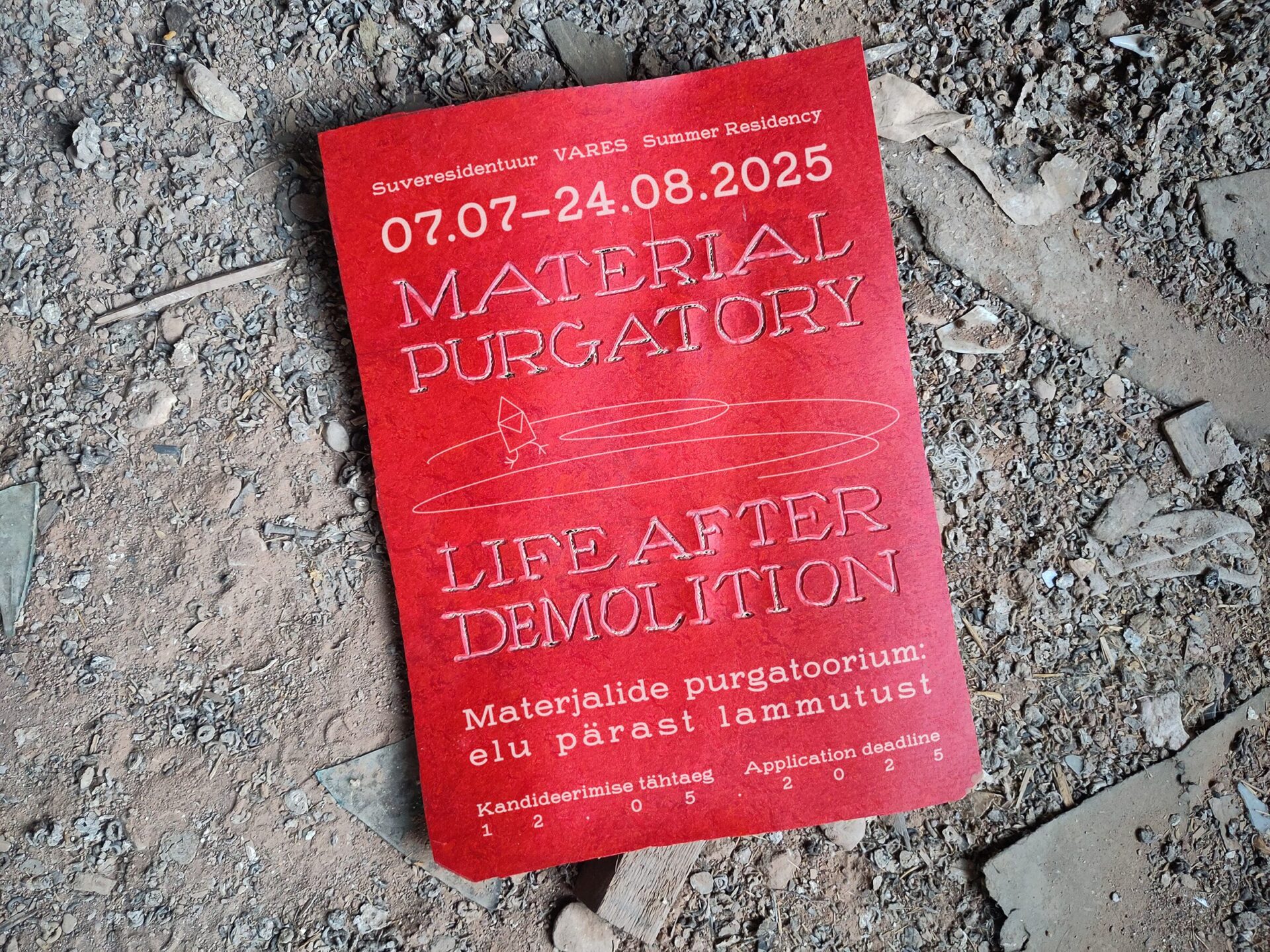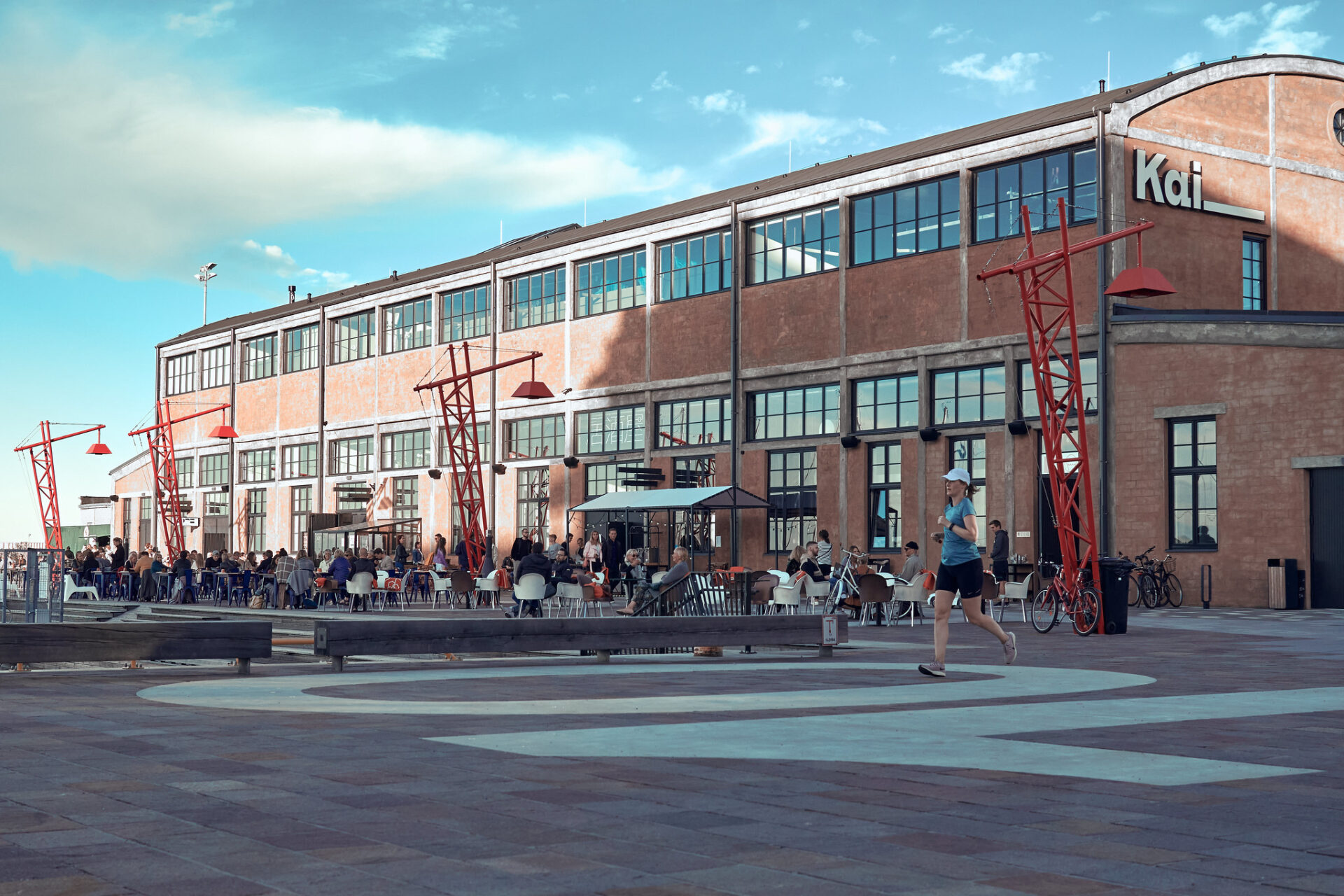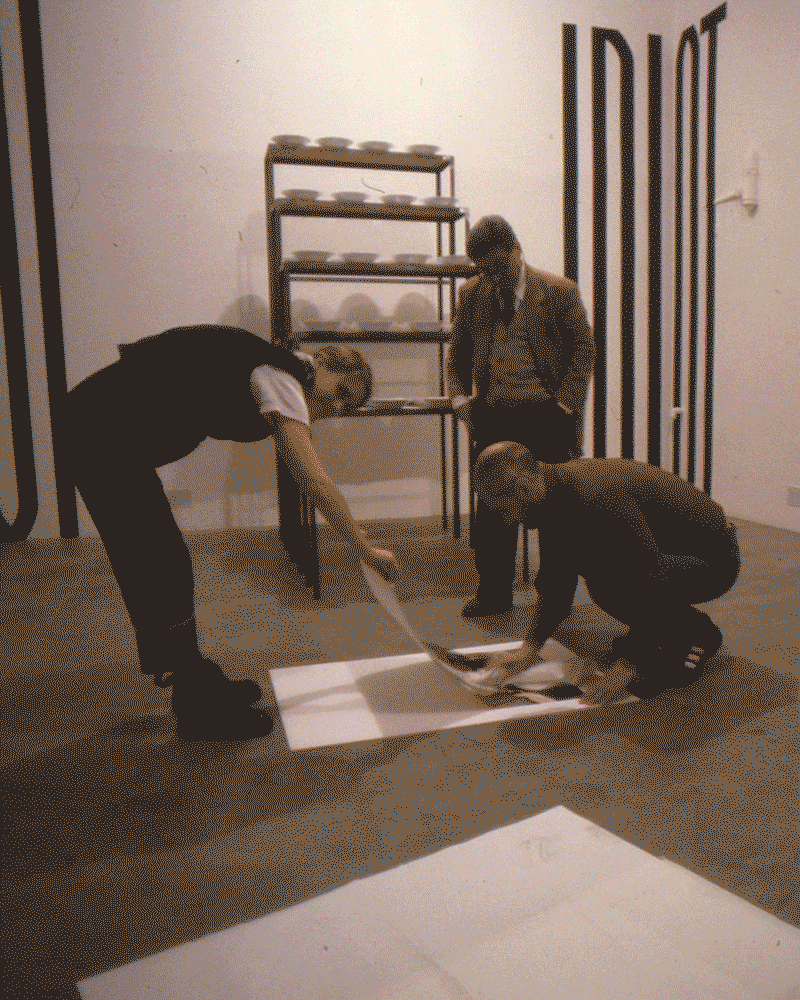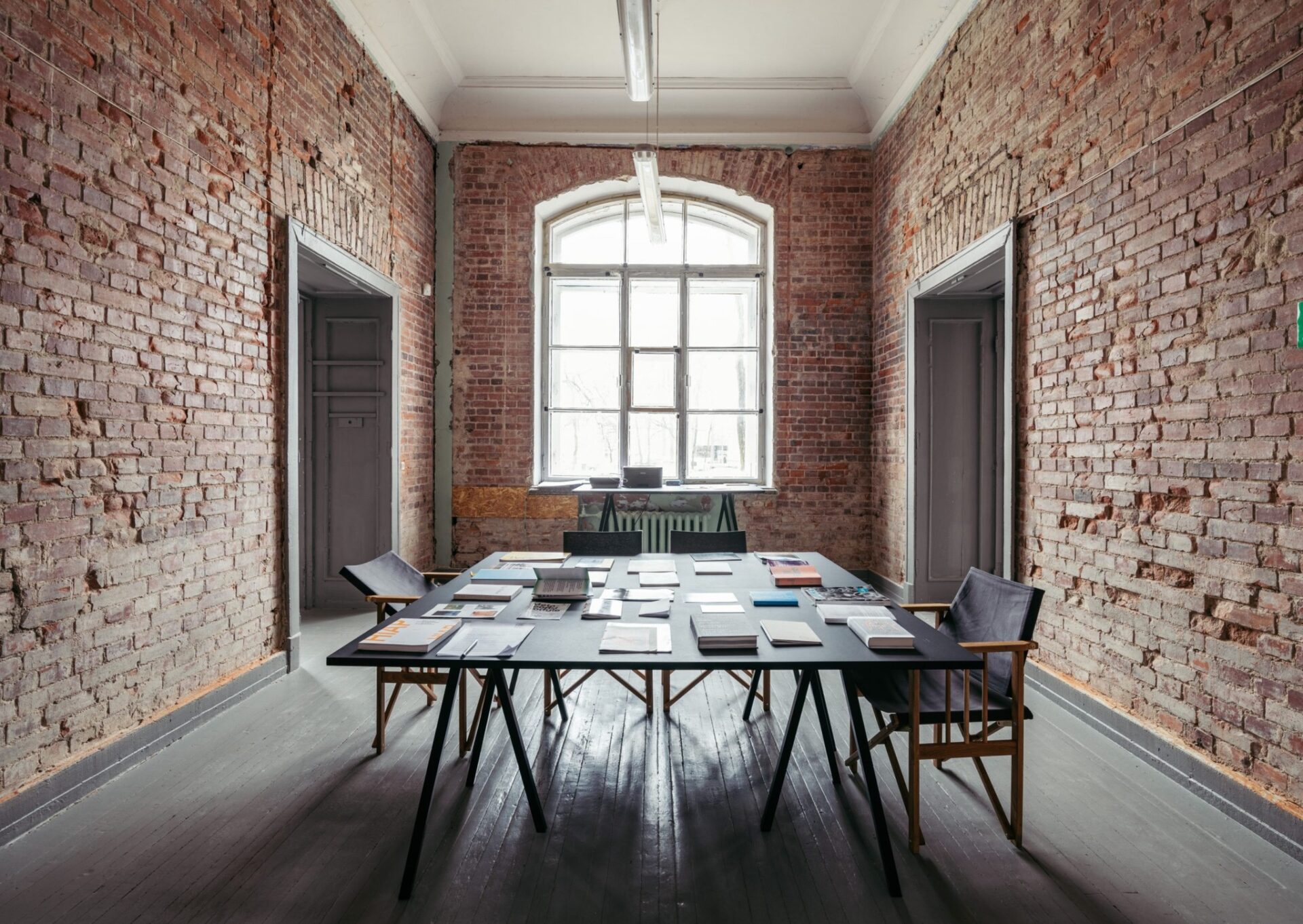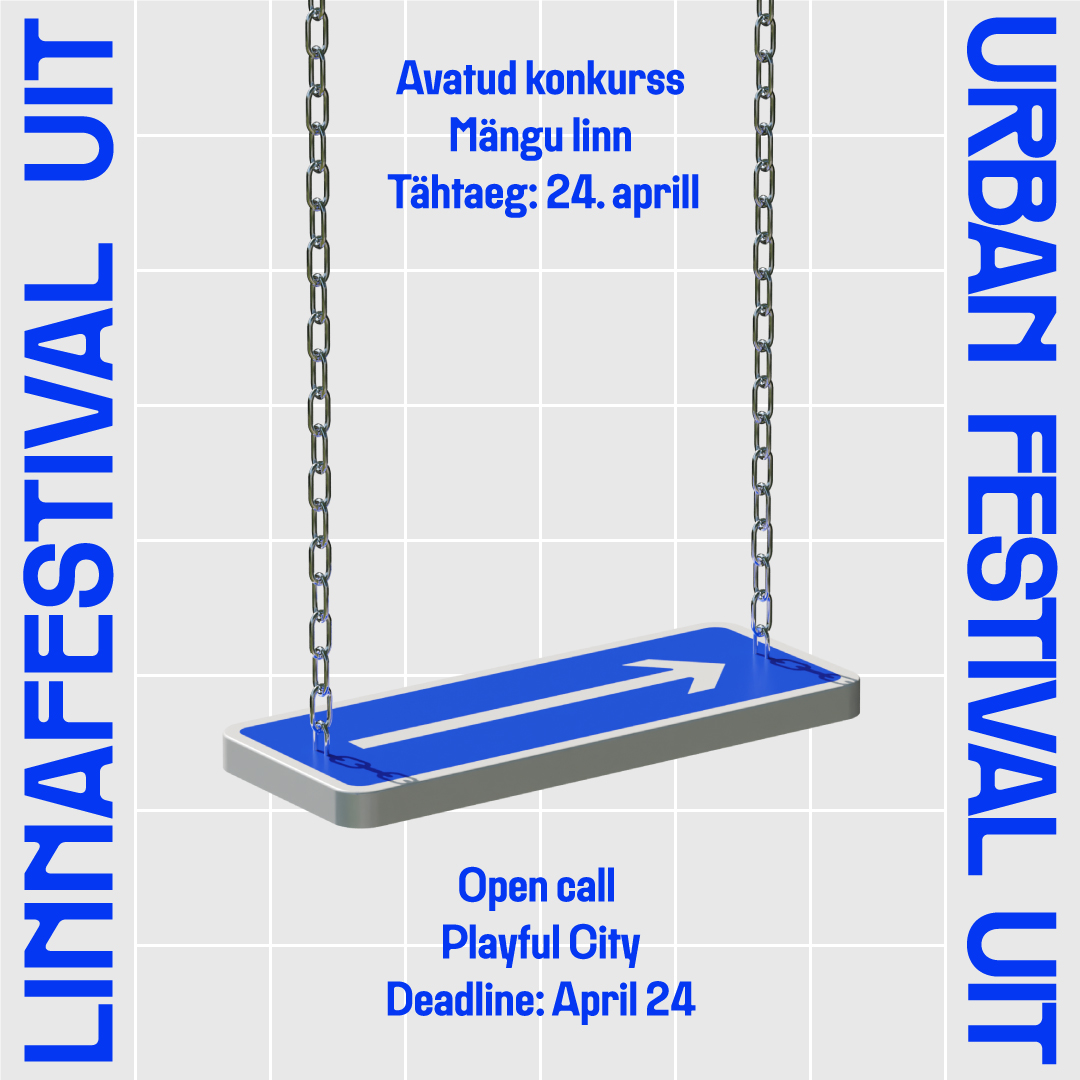The exhibition ‘to melt into your soil and sprout as a flower’ by Siiri Jüris runs at Tütar gallery until 4 May.
Siiri Jüris’ exhibition “to melt into your soil and sprout as a flower” focuses on coexistence in both the content and medium of her works. Can painting, which has historically been considered a symbol of high culture, exist in symbiosis with the possibilities that artificial intelligence and digital technology provide?
There is nothing unusual in using digital tools in visual art. Their wider use gained momentum in the 1990s when personal computers, graphics software and the internet made digital art more available and enabled artists to experiment with new technologies. Artificial intelligence is not a new discovery, either. Artificial intelligence as a field of study began in the 1950s, but its wider use in creative works has gained momentum in recent years – primarily thanks to the development of generative AI and easily accessible tools. Jüris has said that she started using digital tools and artificial intelligence by asking the question of whether and how they could affect her manual work process. Curiosity led her to conduct her first experiments a few years ago.
One can find bodyscapes, mystical worlds of her own and distorted perspectives in Jüris’s technically professional and eye-catching works. At first glance, it may even be difficult to understand what one is seeing. Her works are intuitively and slowly processed, taking on a life of their own. Surfaces, rhythms and layers emerge from the play of colours. The layers melt into each other, take shape and create shifts.
Shifts occur also in the physical state of the works – the canvas melts into a sculptural form and the form flows back into the canvas. The frames of the paintings seem to breathe, absorbing surfaces and shapes, melting and transforming. Some have been made by hand, others modelled using 3D printing.
The title “to melt into your soil and sprout as a flower” expresses aptly how artificial intelligence and digital tools can merge into traditional painting and sprout from the seed as something completely new. They can be an aid and an experimental tool in the artist’s creative process. A visual dialogue occurs, where traditional and experimental or organic and artificial don’t oppose each other, but merge into a new whole.
About the artist
Siiri Jüris (1992) is an Estonian painter currently living and working in Uppsala, Sweden. She holds a BA and MA in Painting from the University of Tartu (2015, 2017) and an MFA from the Royal Institute of Art in Stockholm (2021). Using archival materials and personal memories as a foundation, interwoven with fictional narratives, she creates immersive worlds saturated in color, where figurative and abstract, synthetic and organic, traditional and digital visual languages converge. Her paintings are created through an intuitive, slow, and layered process, in which the acrylic material is treated as an active agent, allowing unexpected forms and patterns to emerge. She uses the vibrancy and dullness, fluidity and transparency of the acrylic to create a strong visual experience, combining classical painting techniques with arts and crafts and post-internet aesthetics. Her works are included in the collections of Jönköping and Dalarna County in Sweden, as well as the Art Museum of Estonia.
Accompanying text: Kristlyn Liier
Graphic design: Ott Metusala
Installation support: Erkki Kadarik
The exhibition is supported by the Cultural Endowment of Estonia.
The exhibition takes place in collaboration between Tütar gallery and Galleri Duerr.
Photography: Alana Proosa
